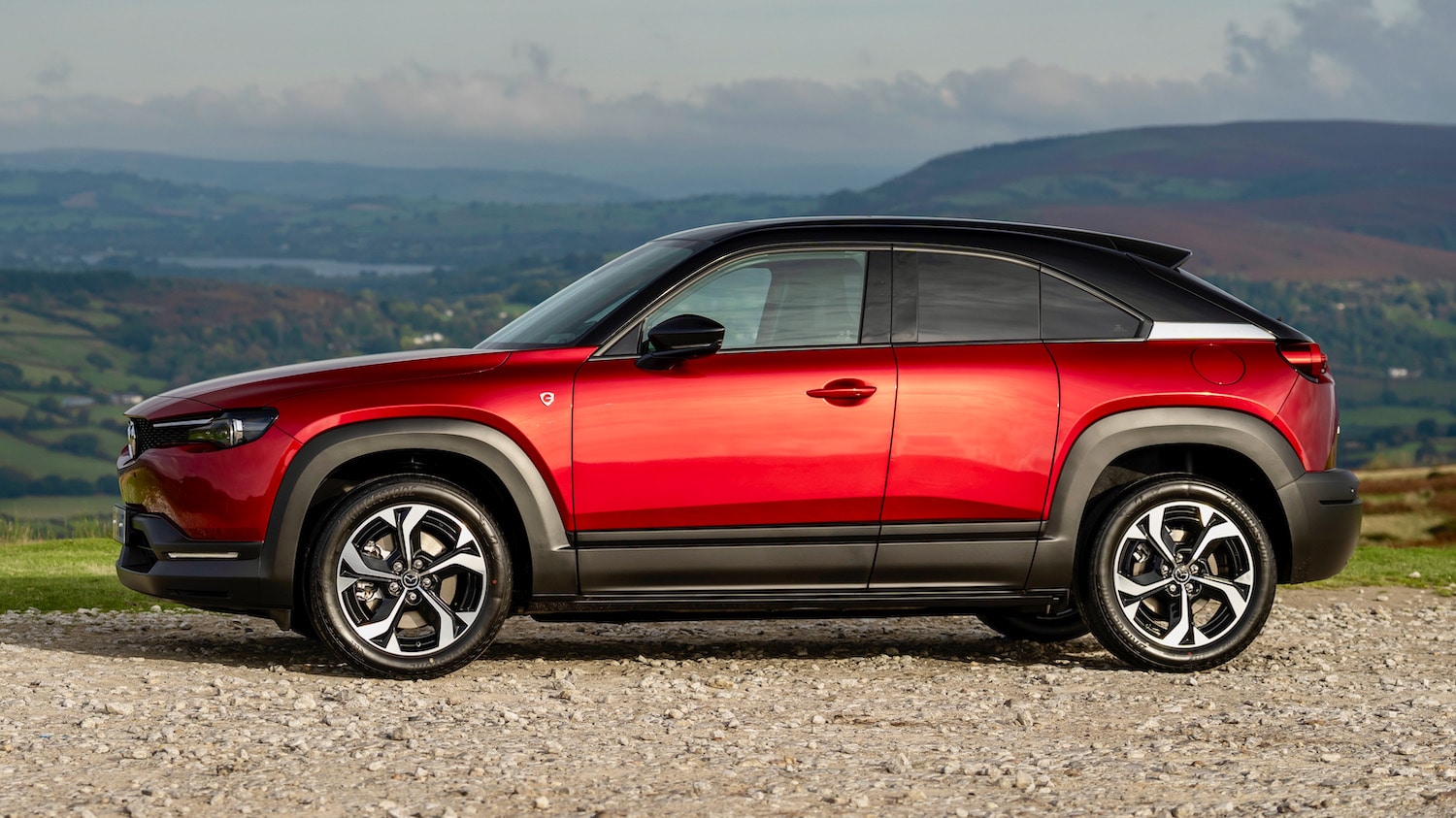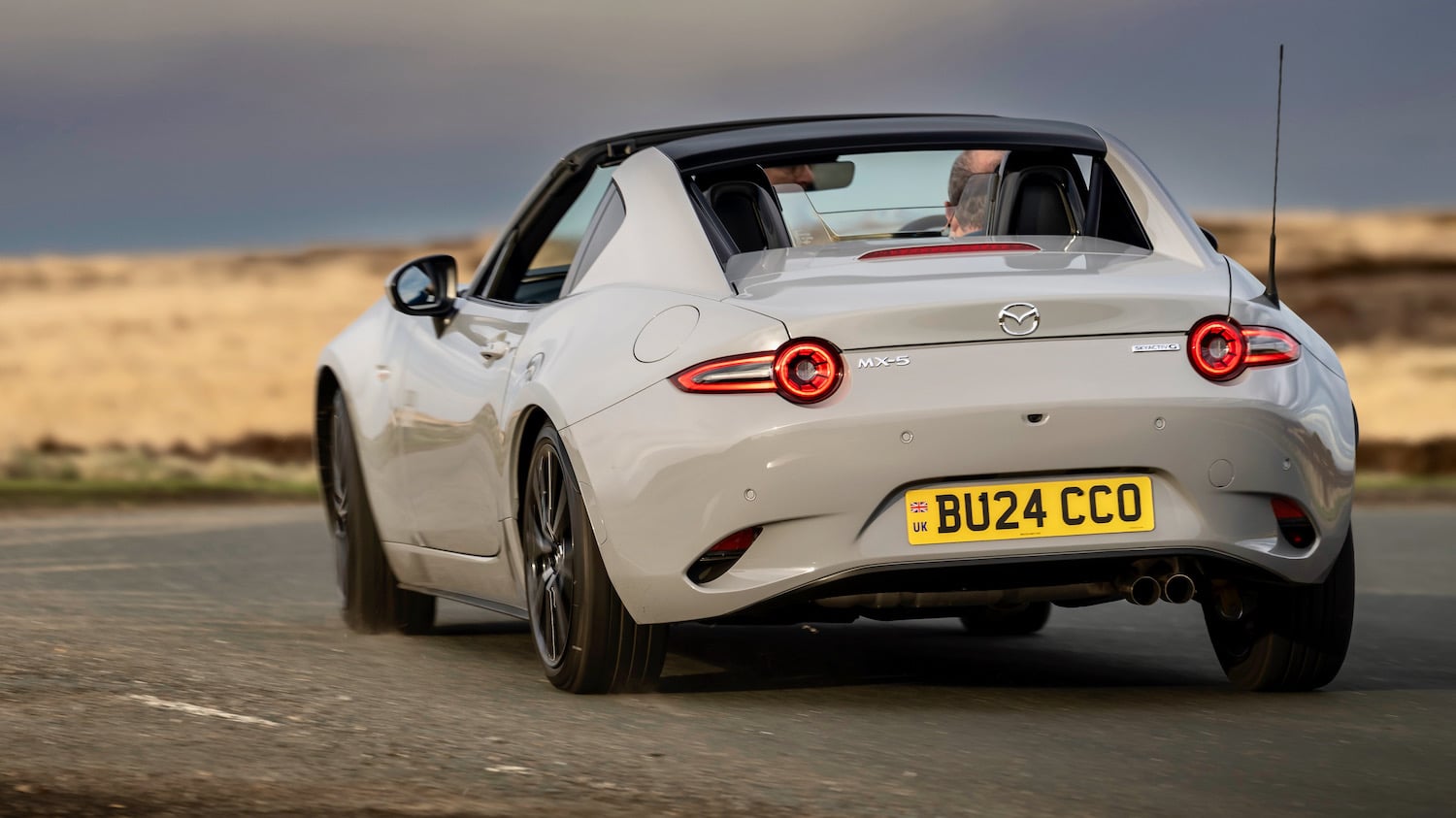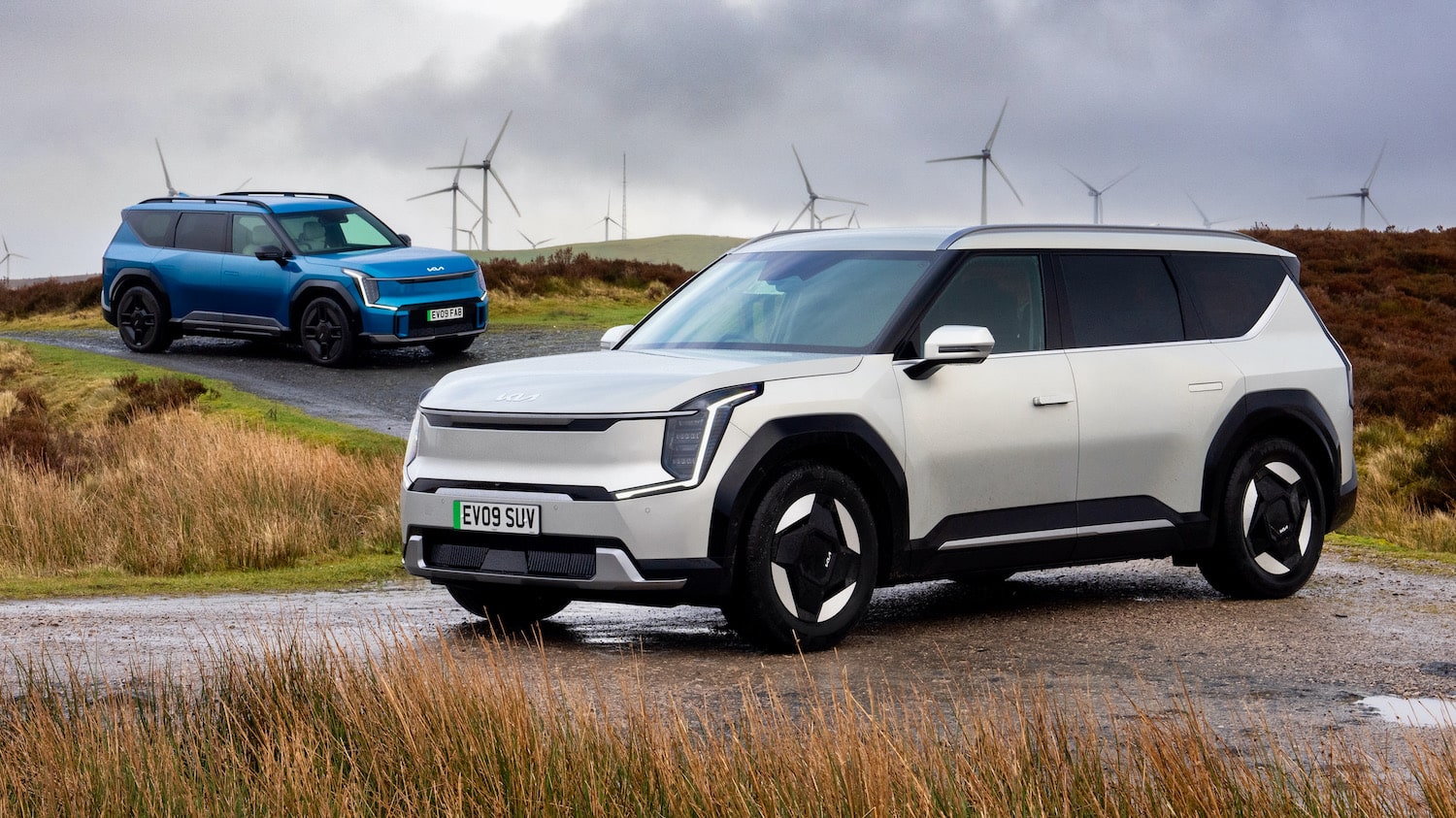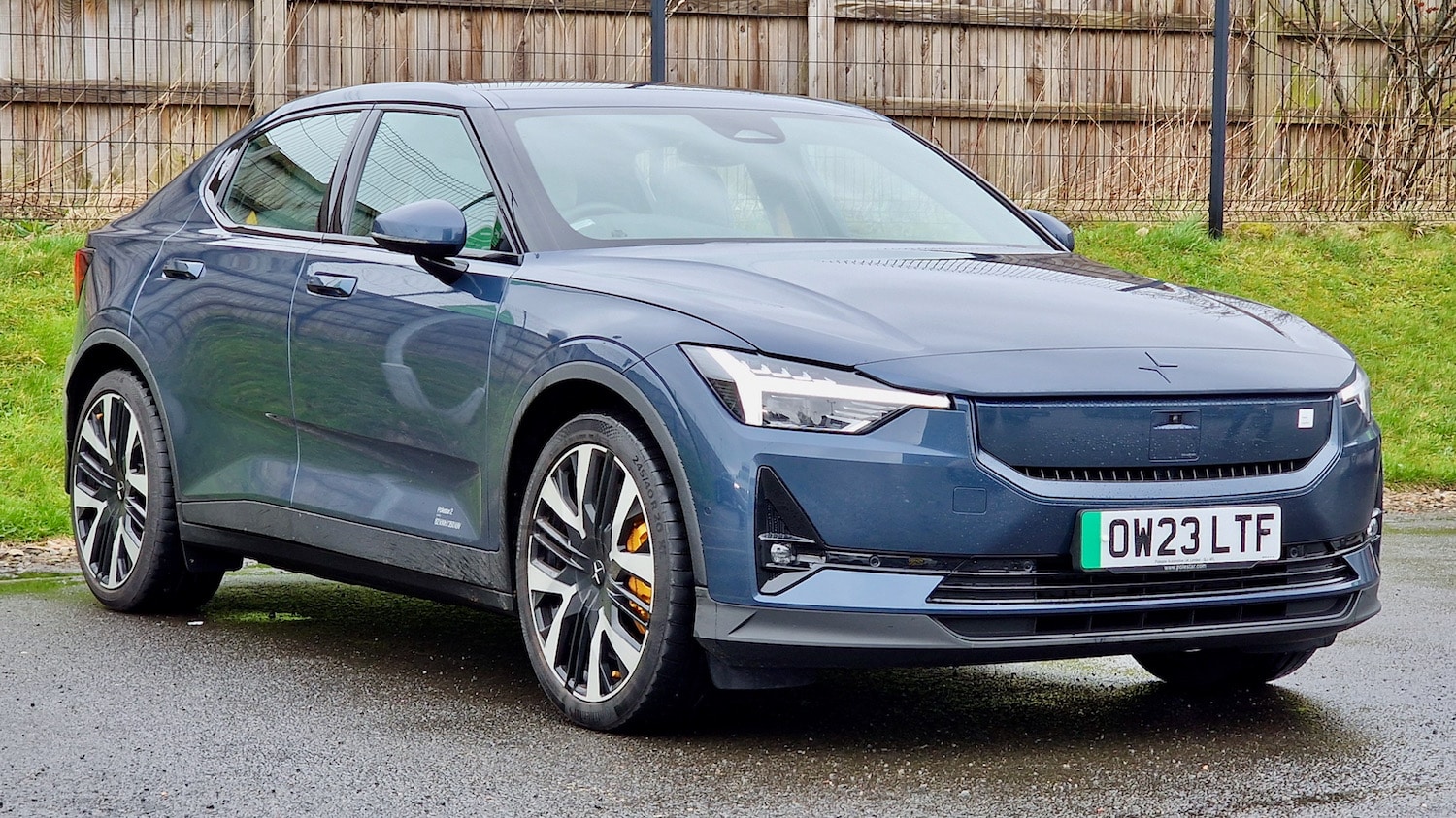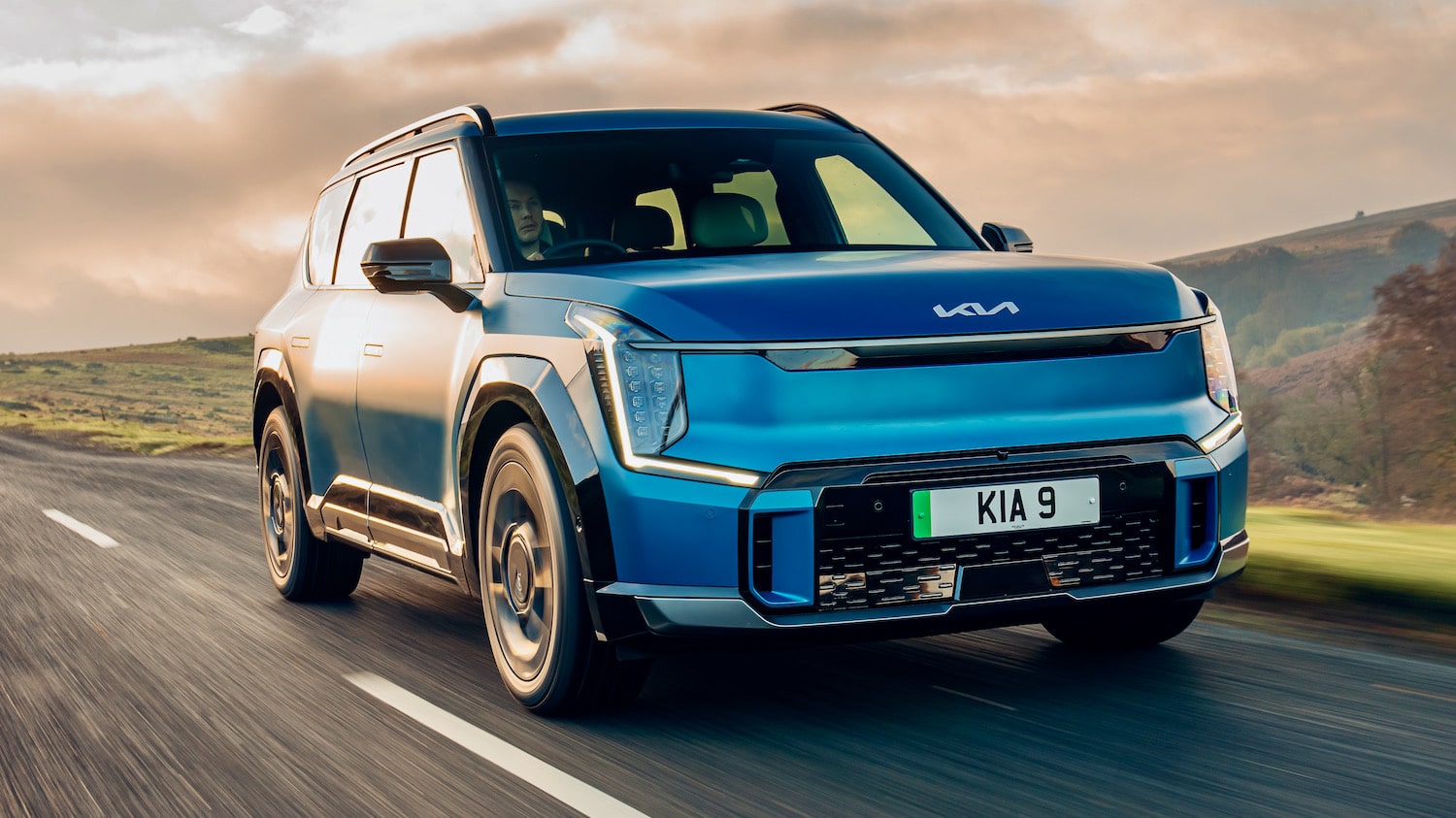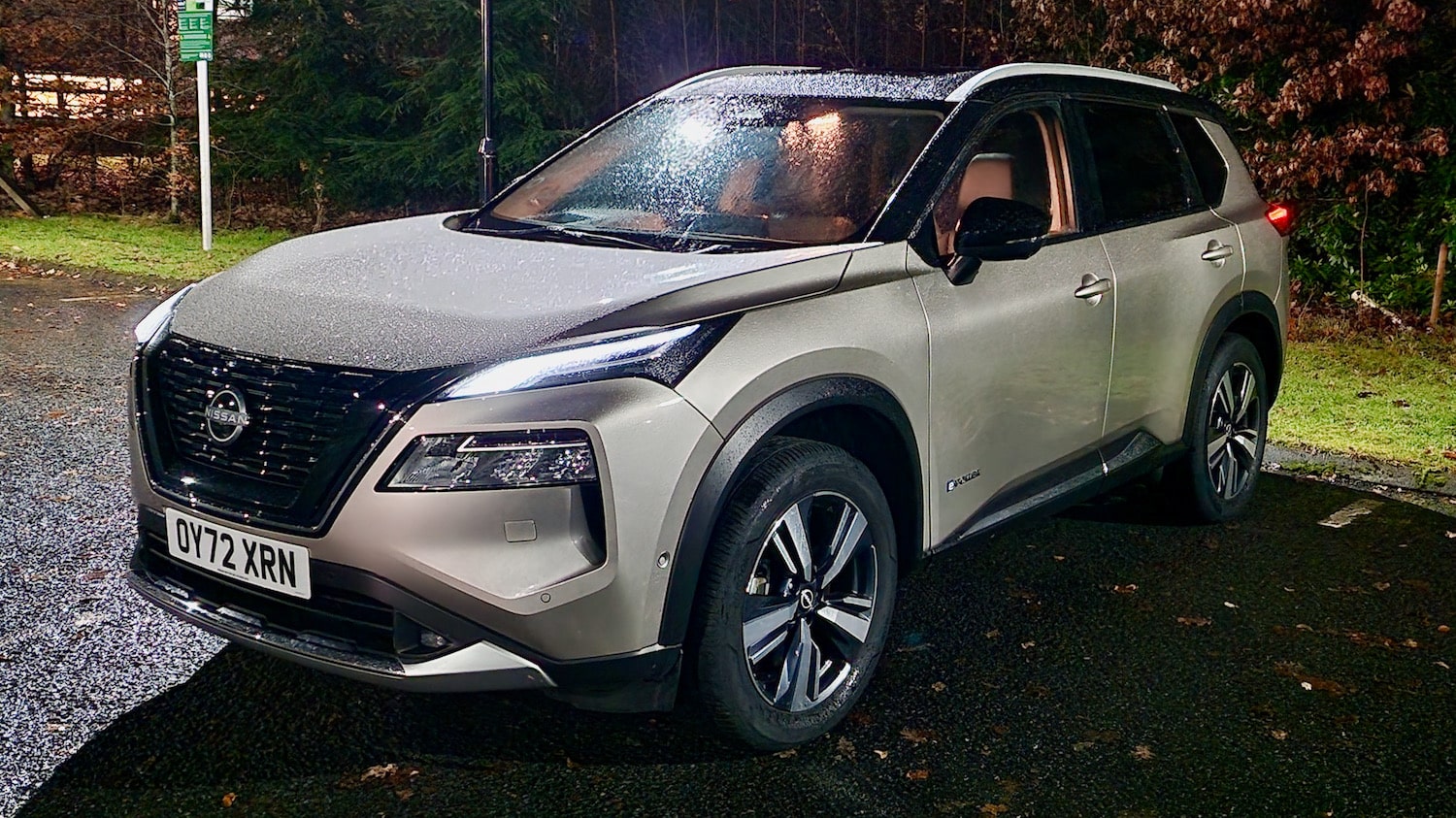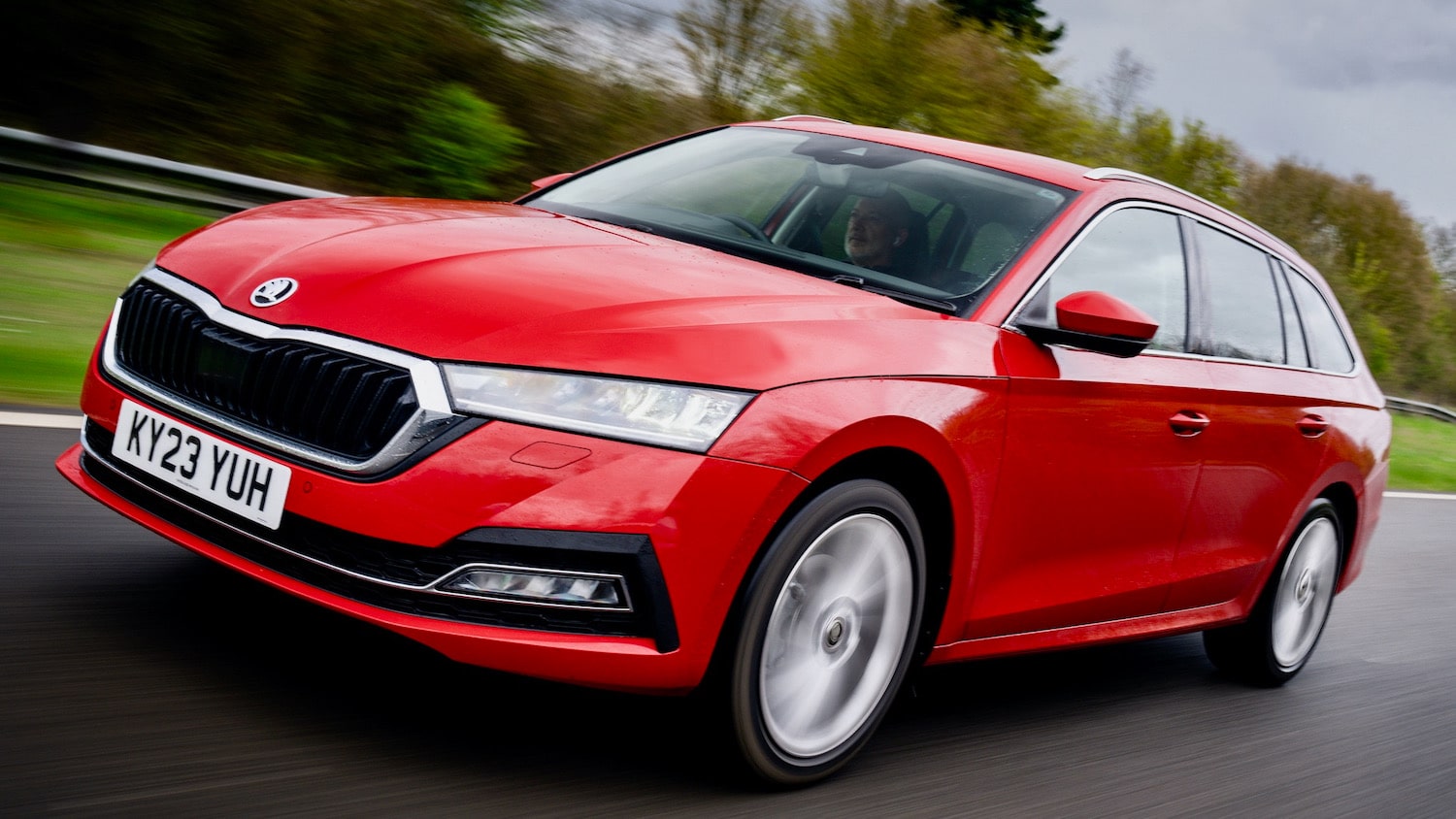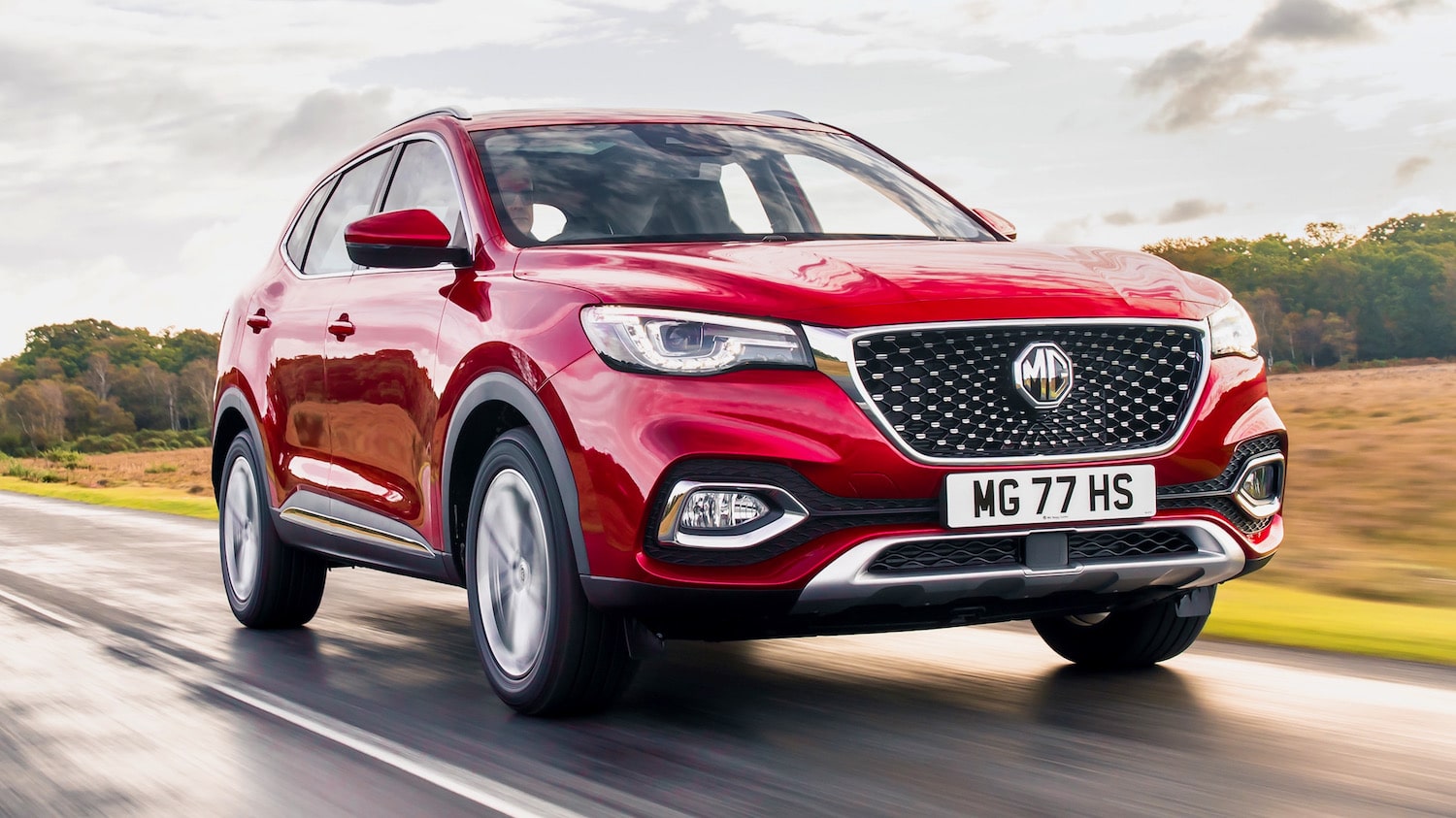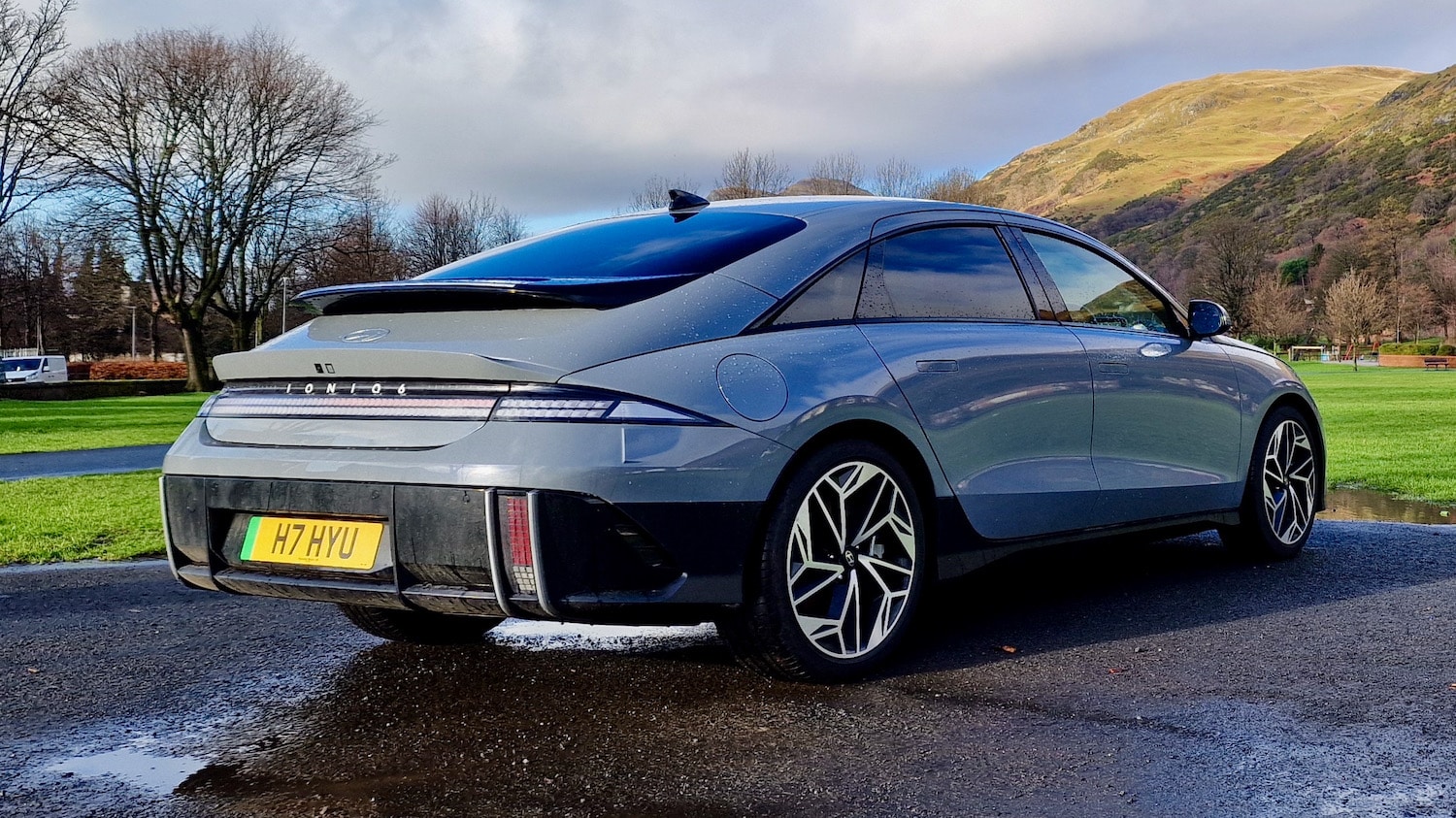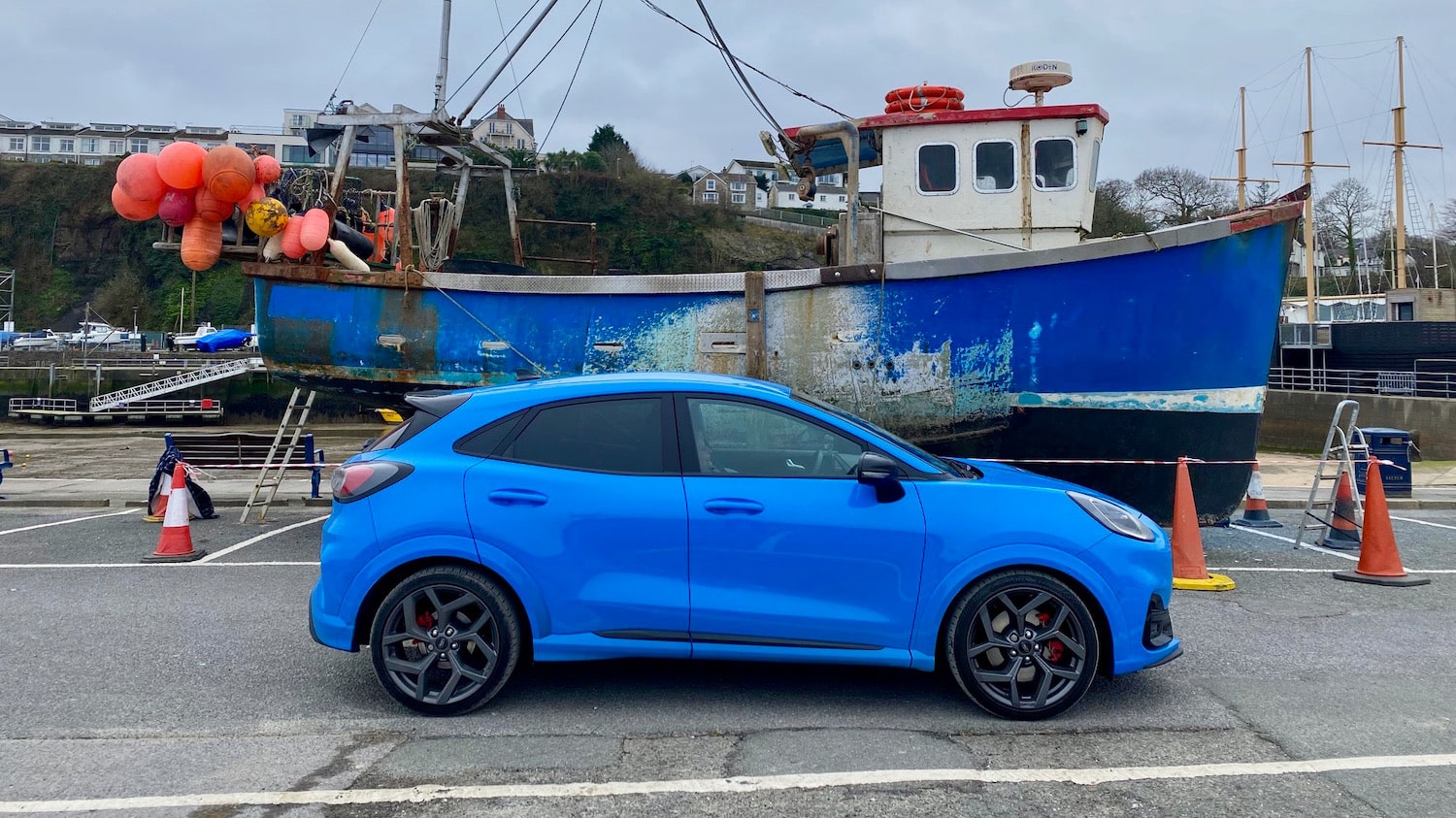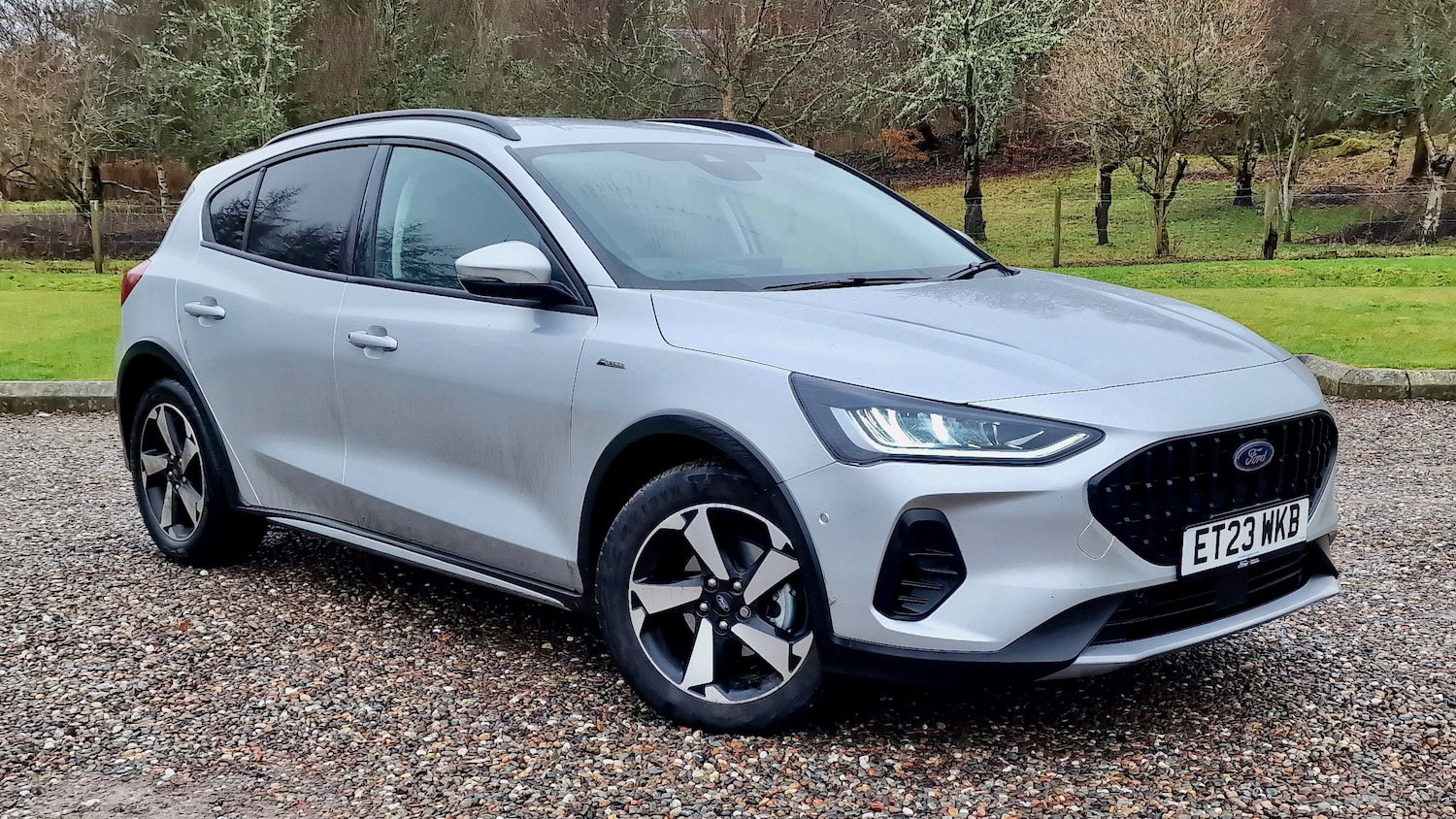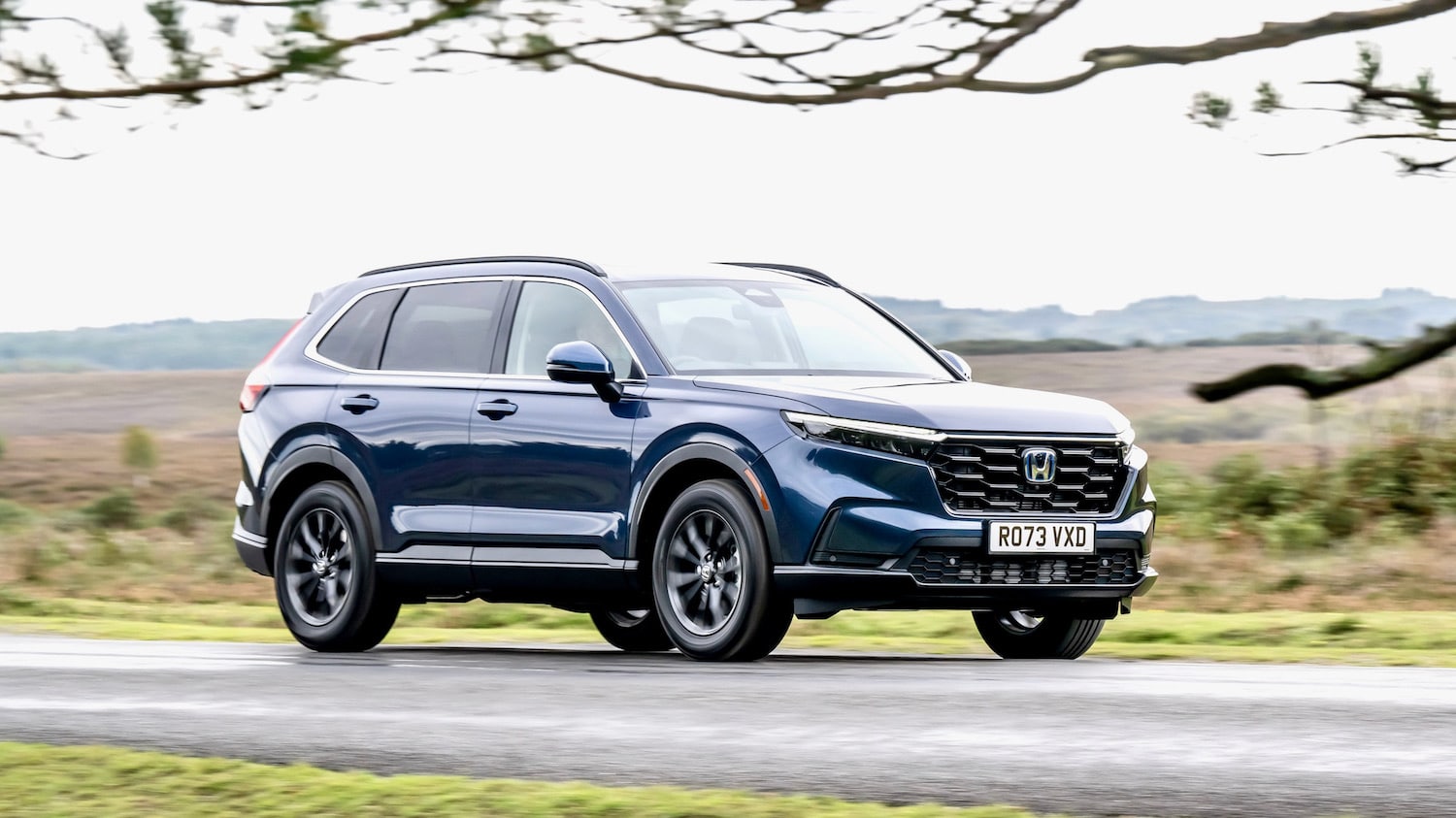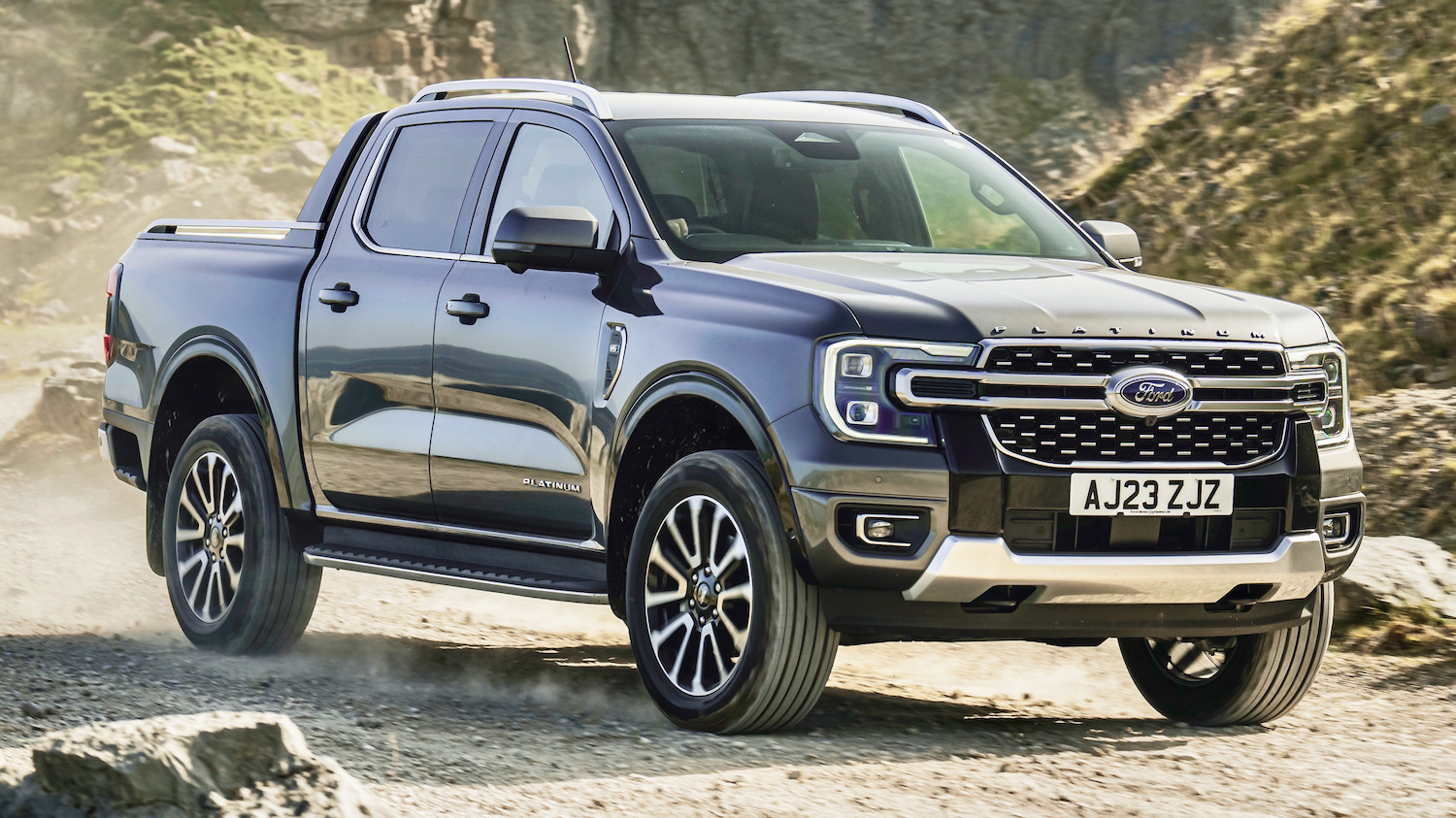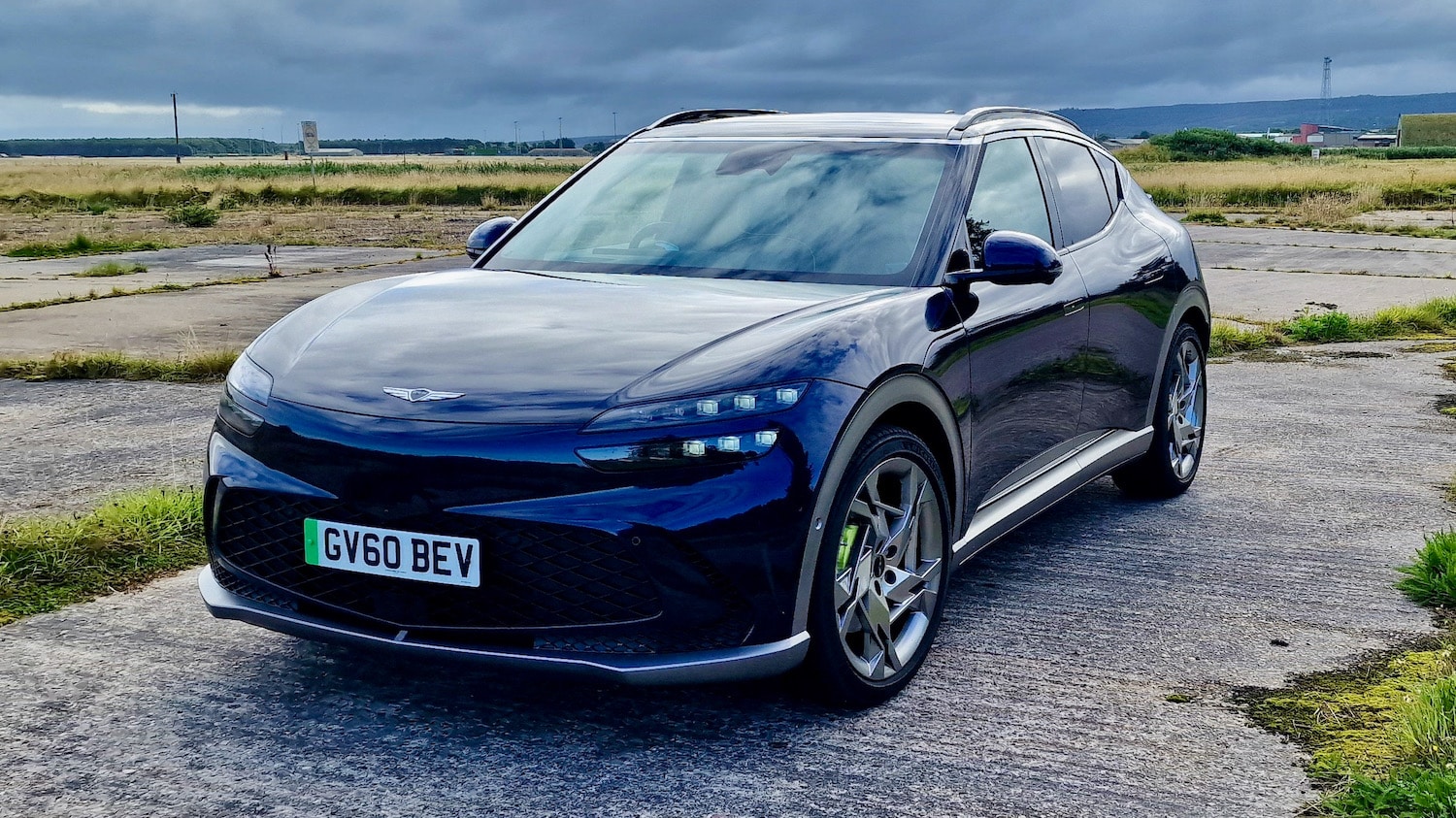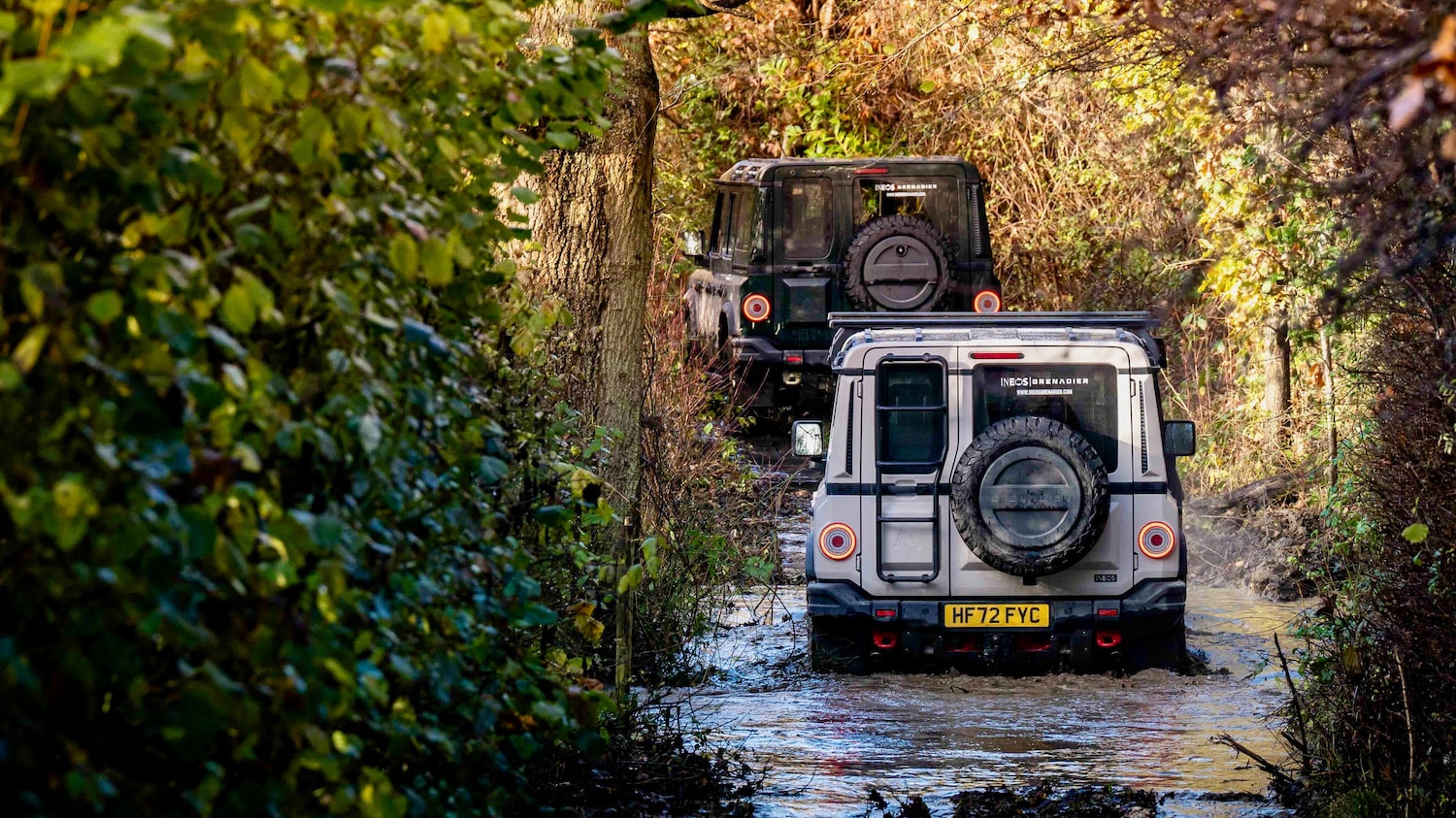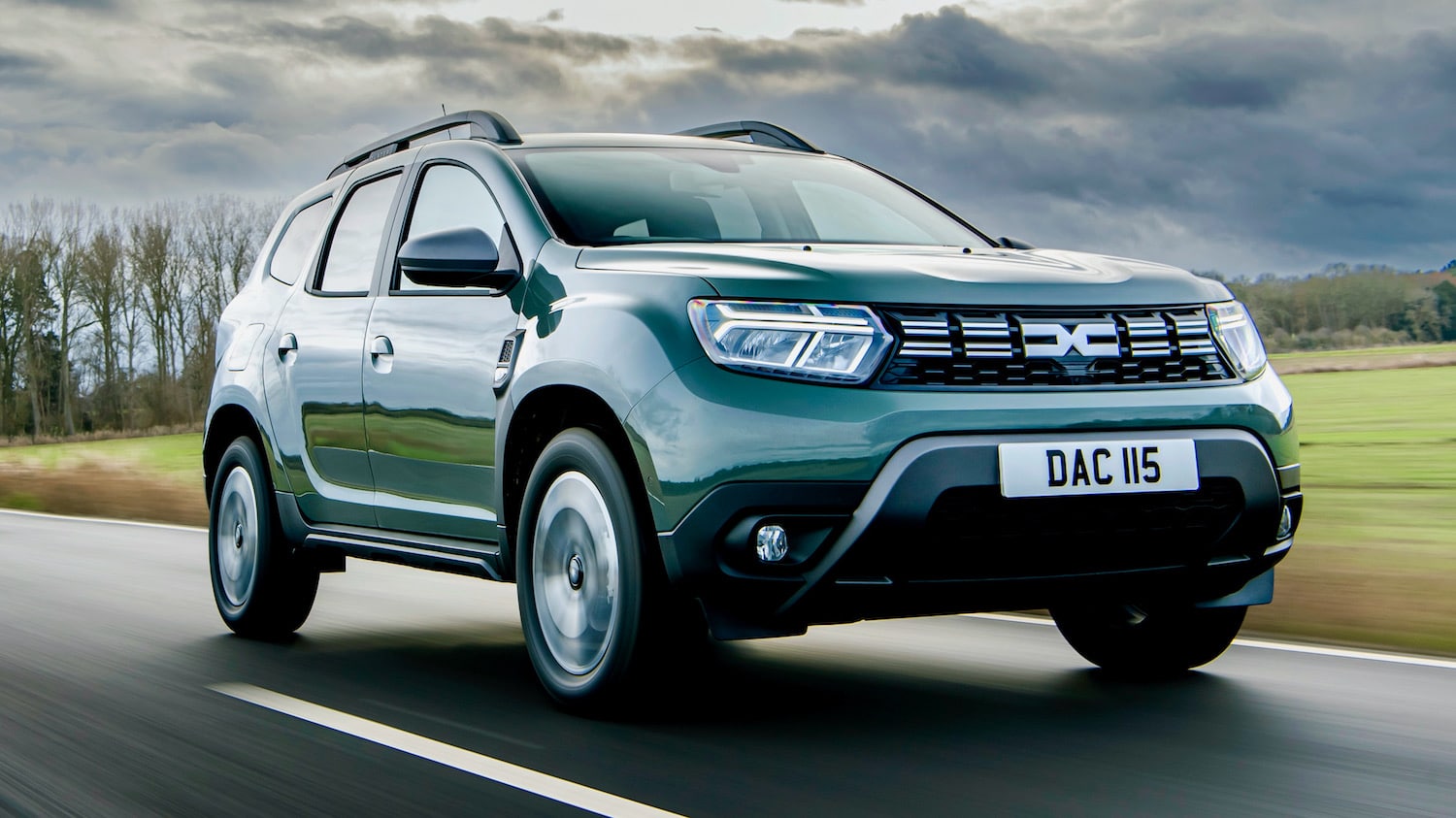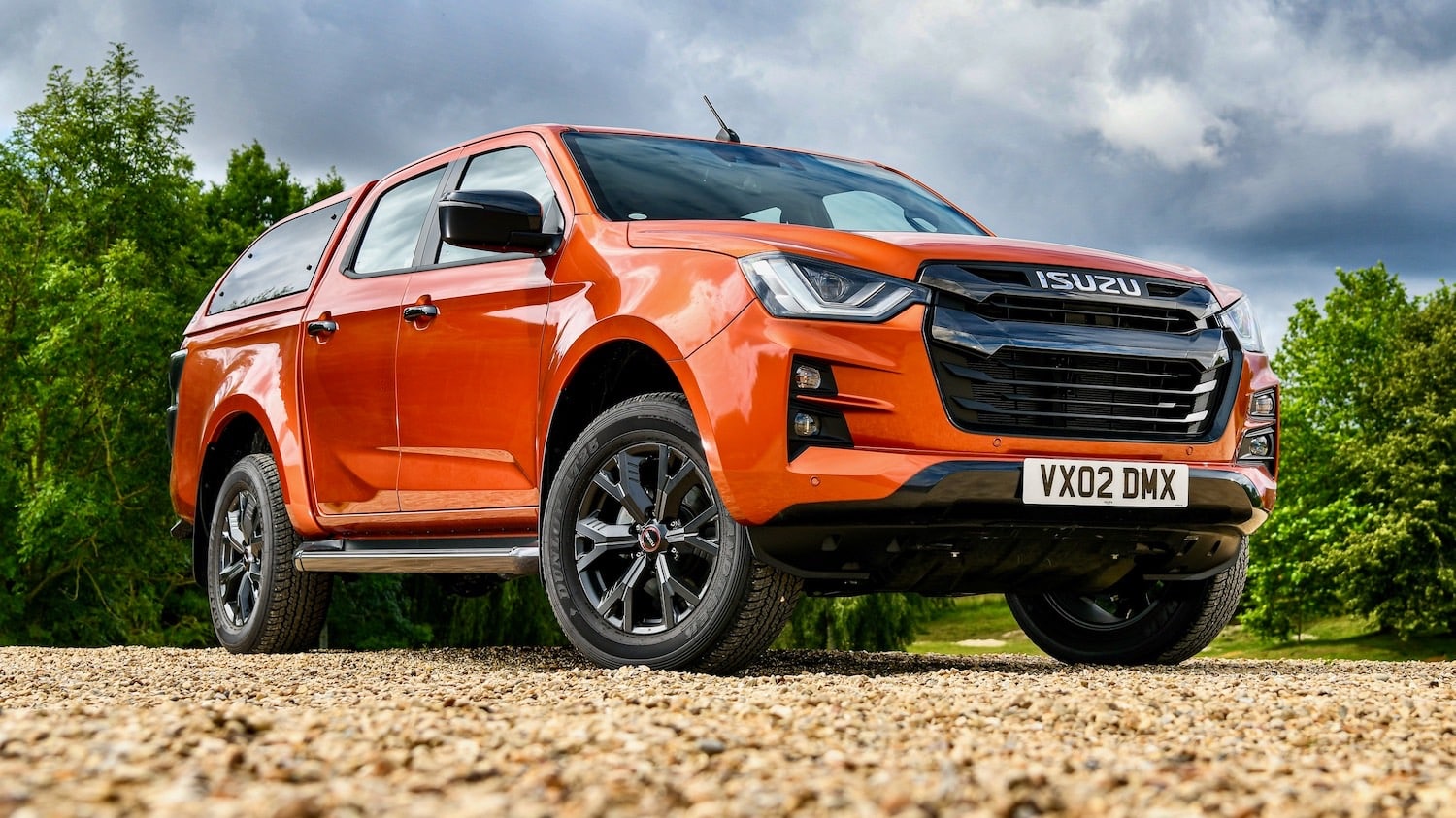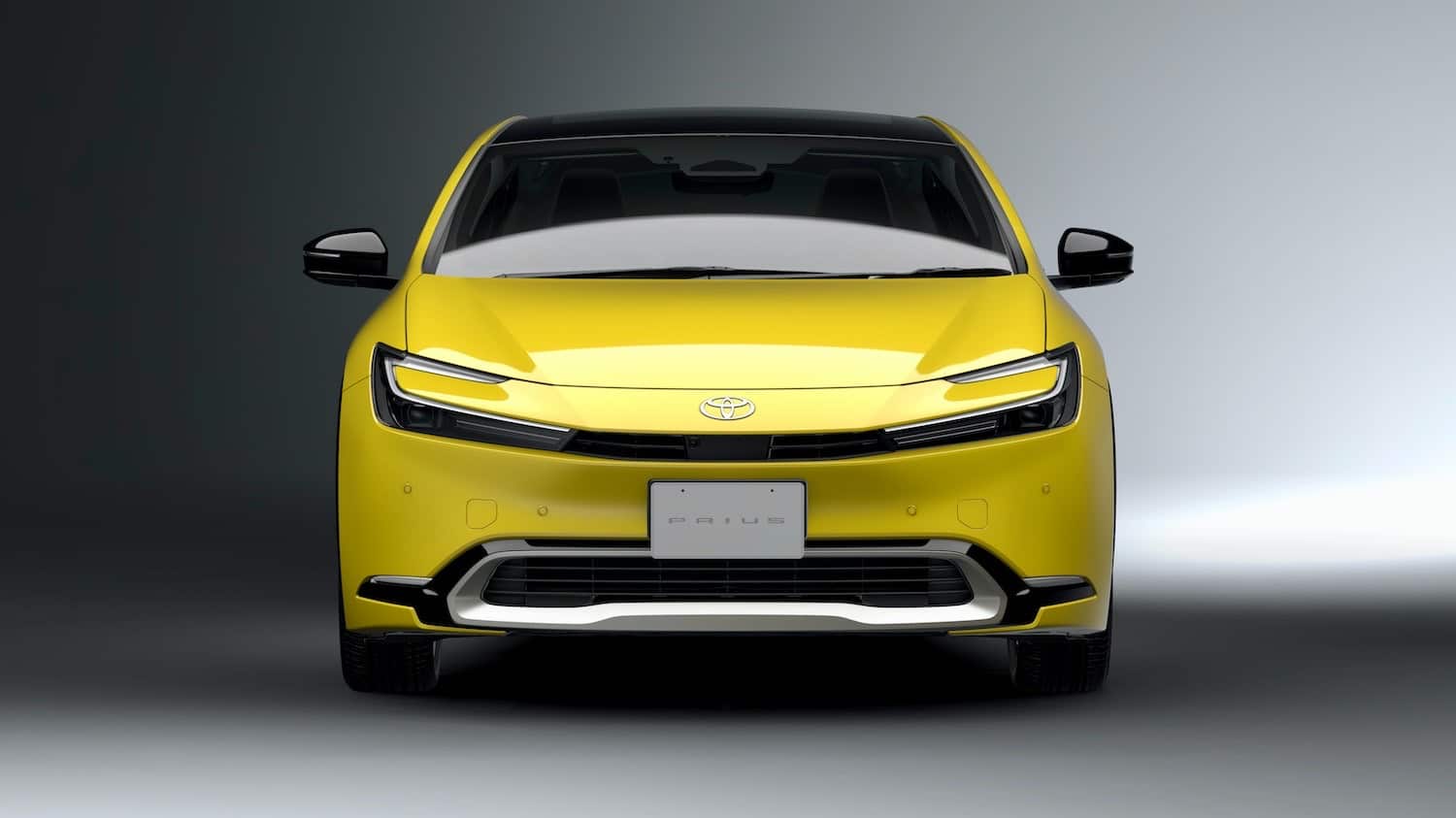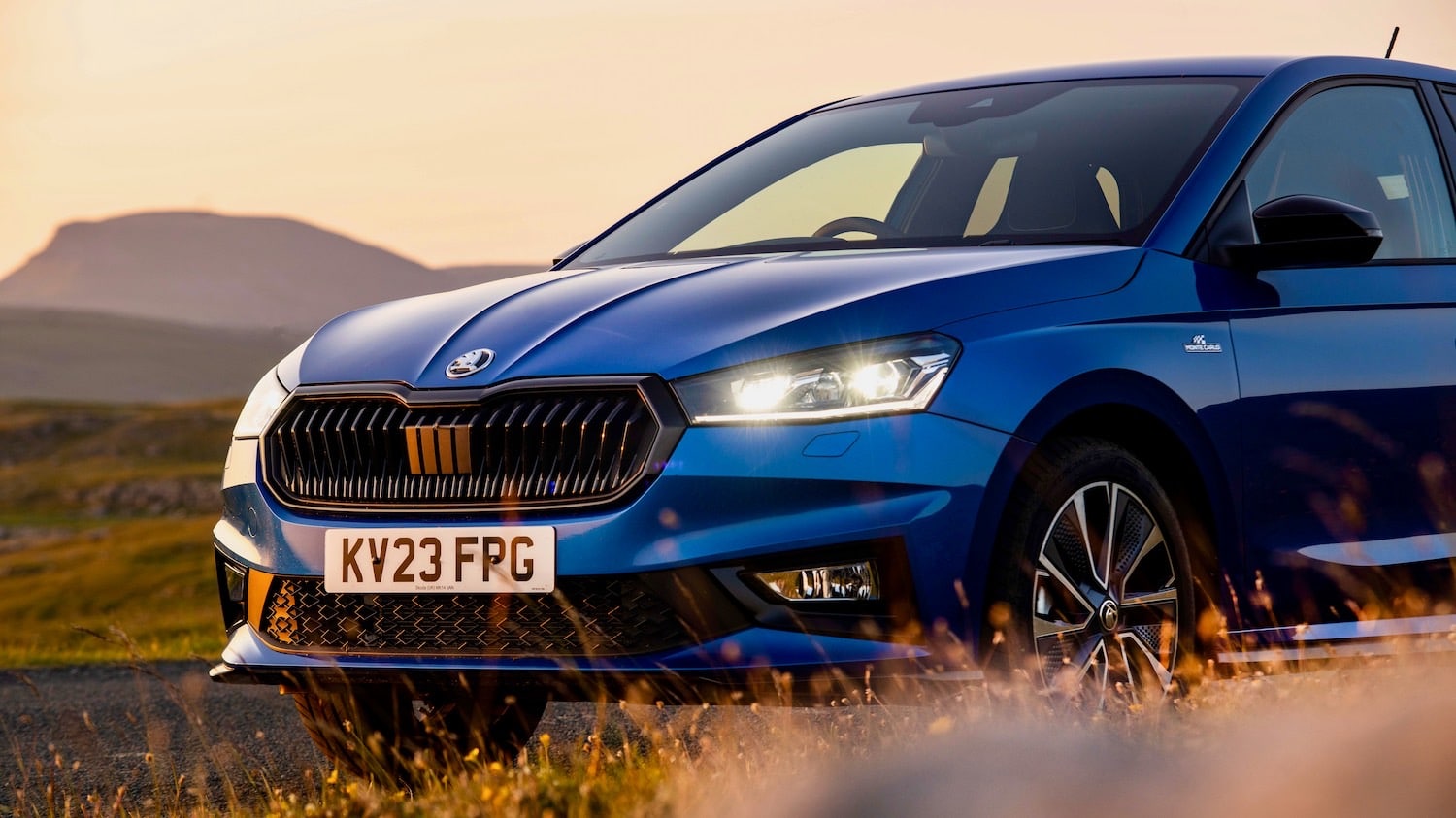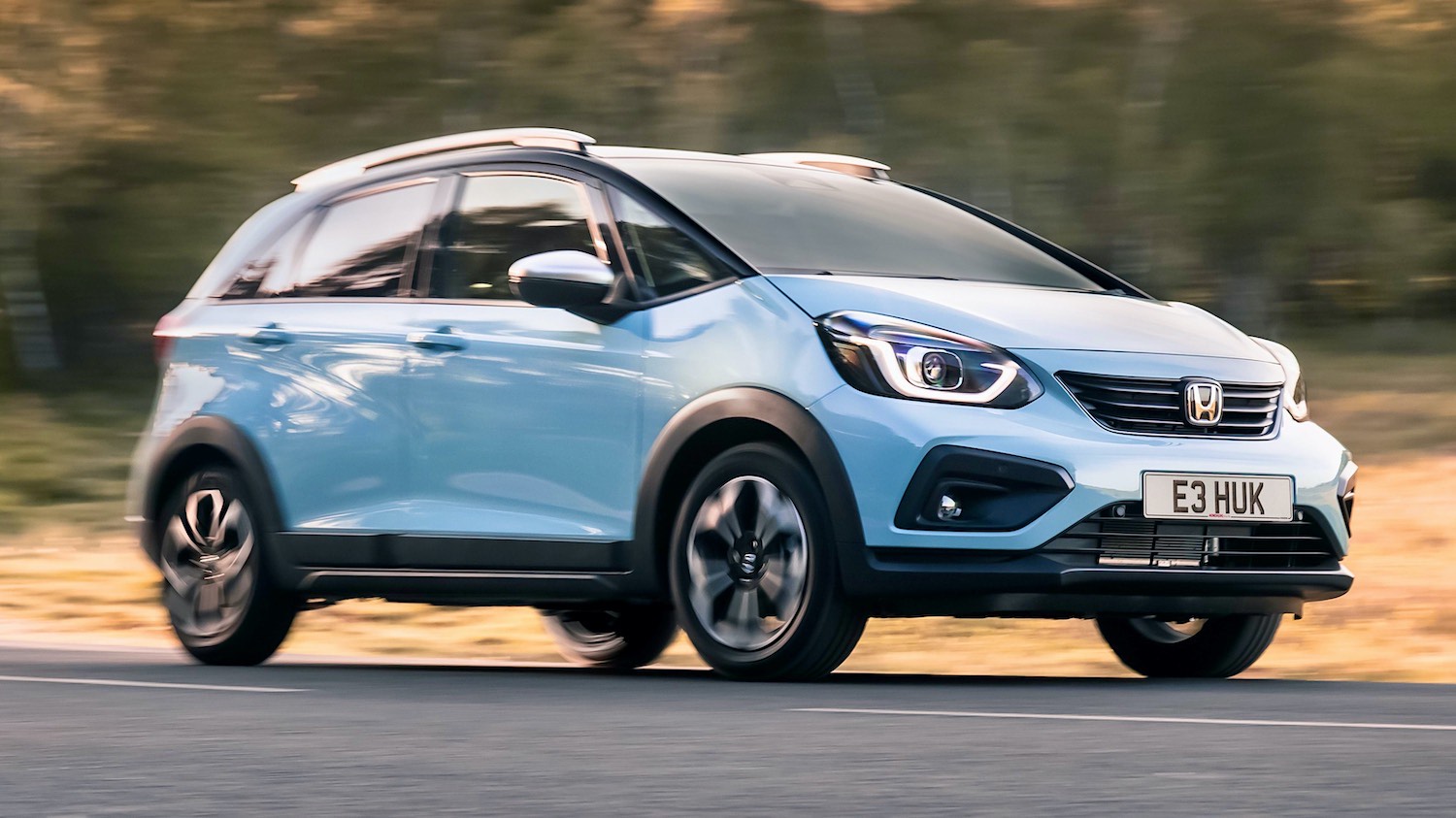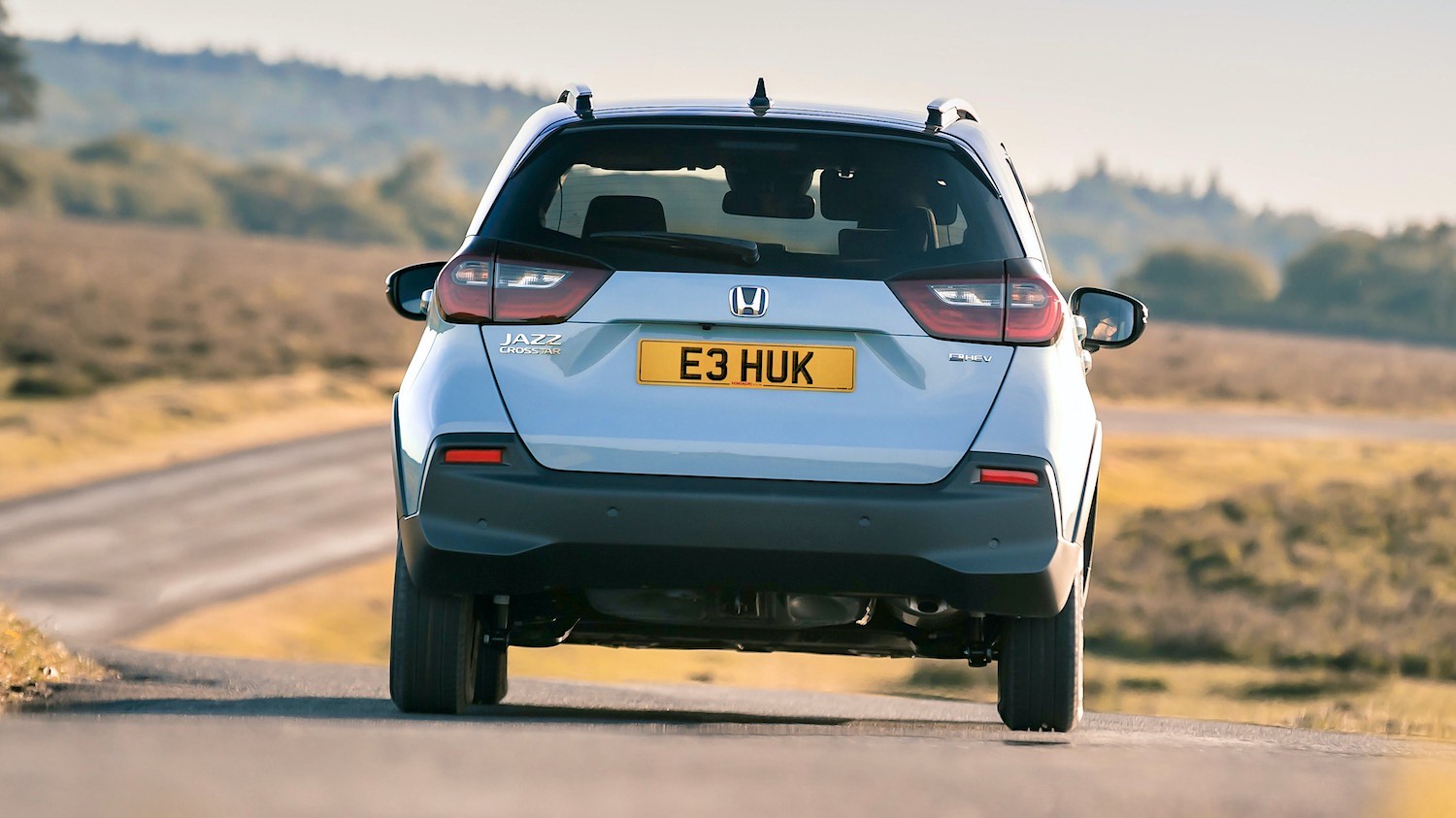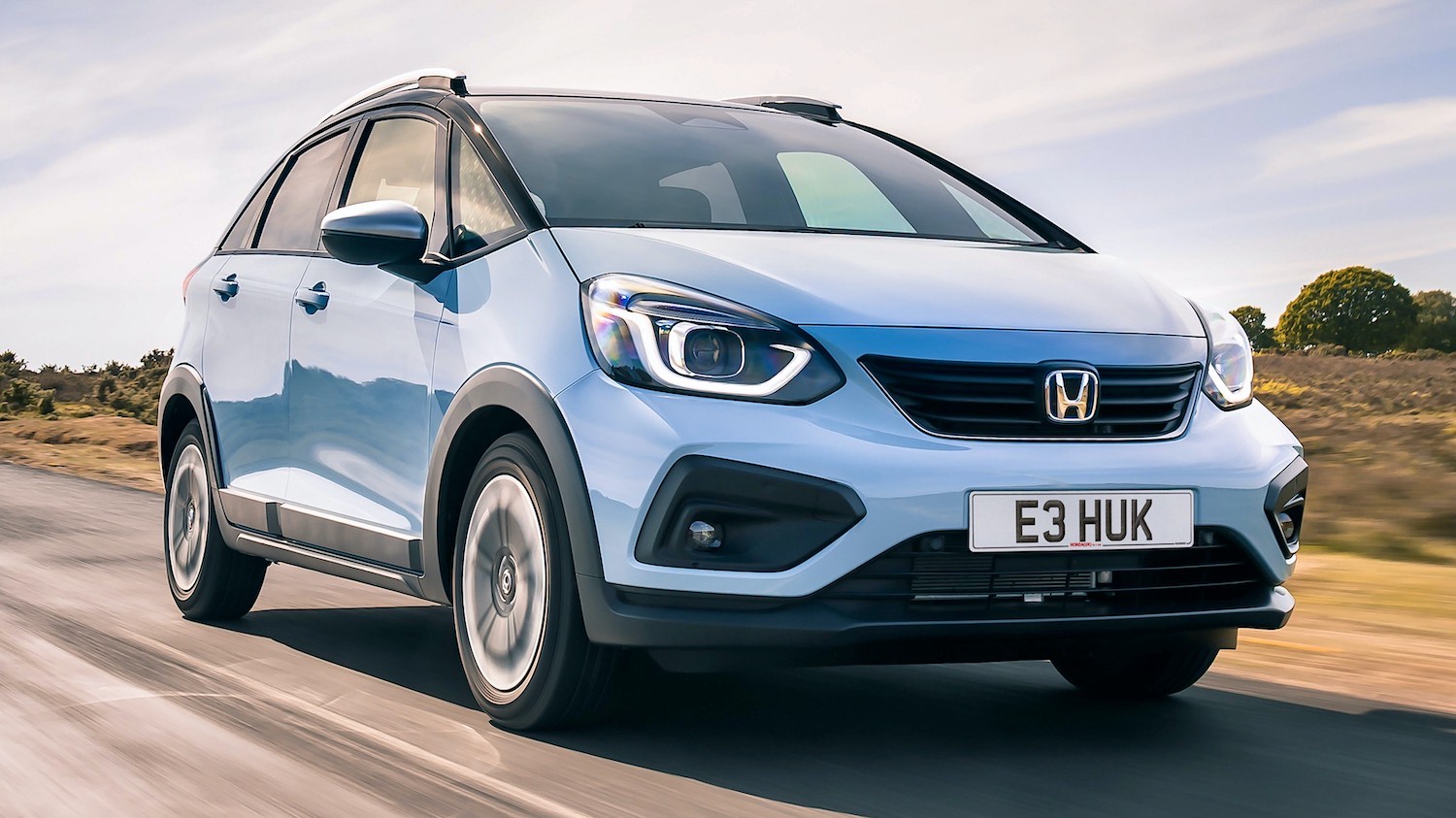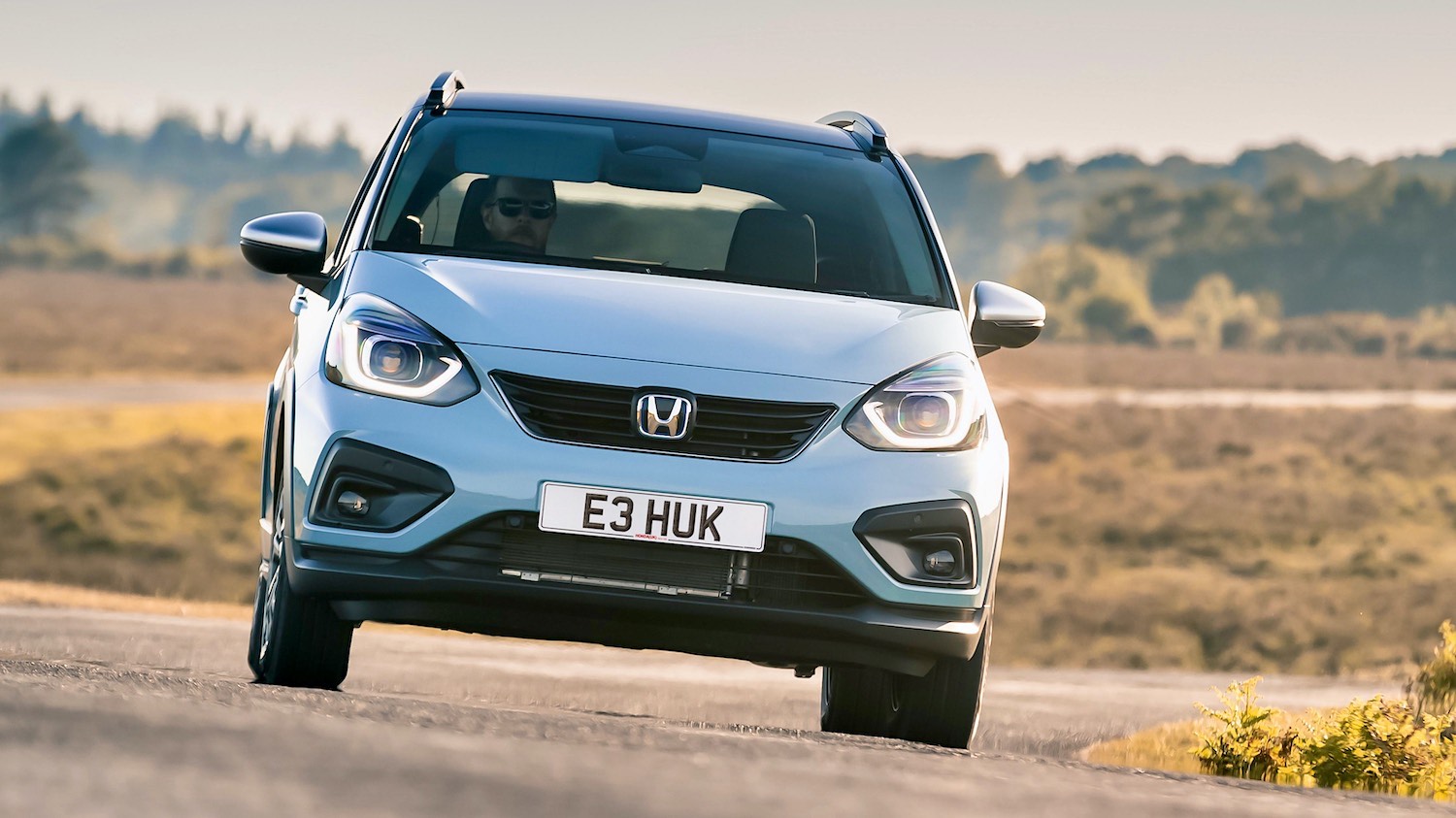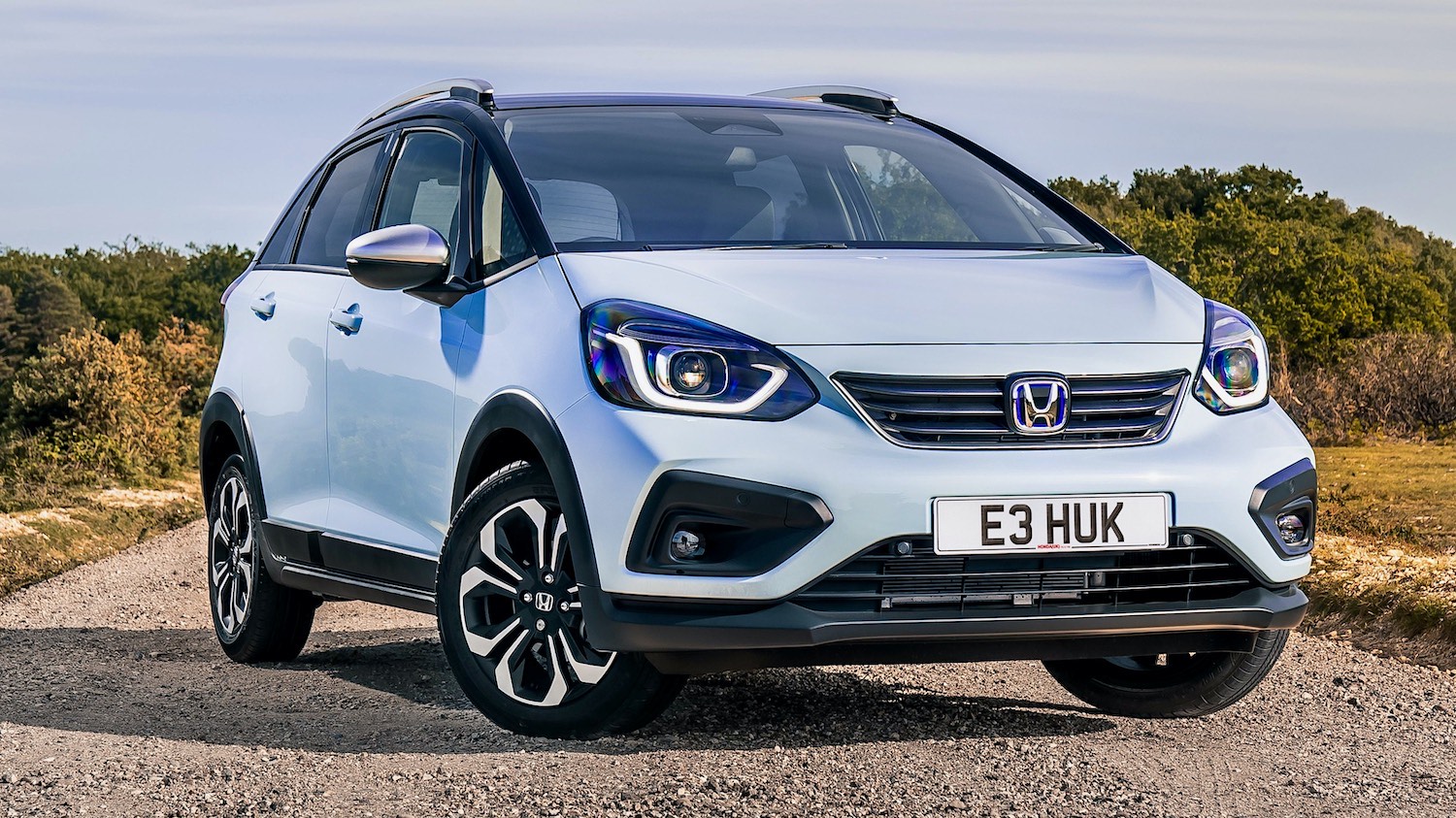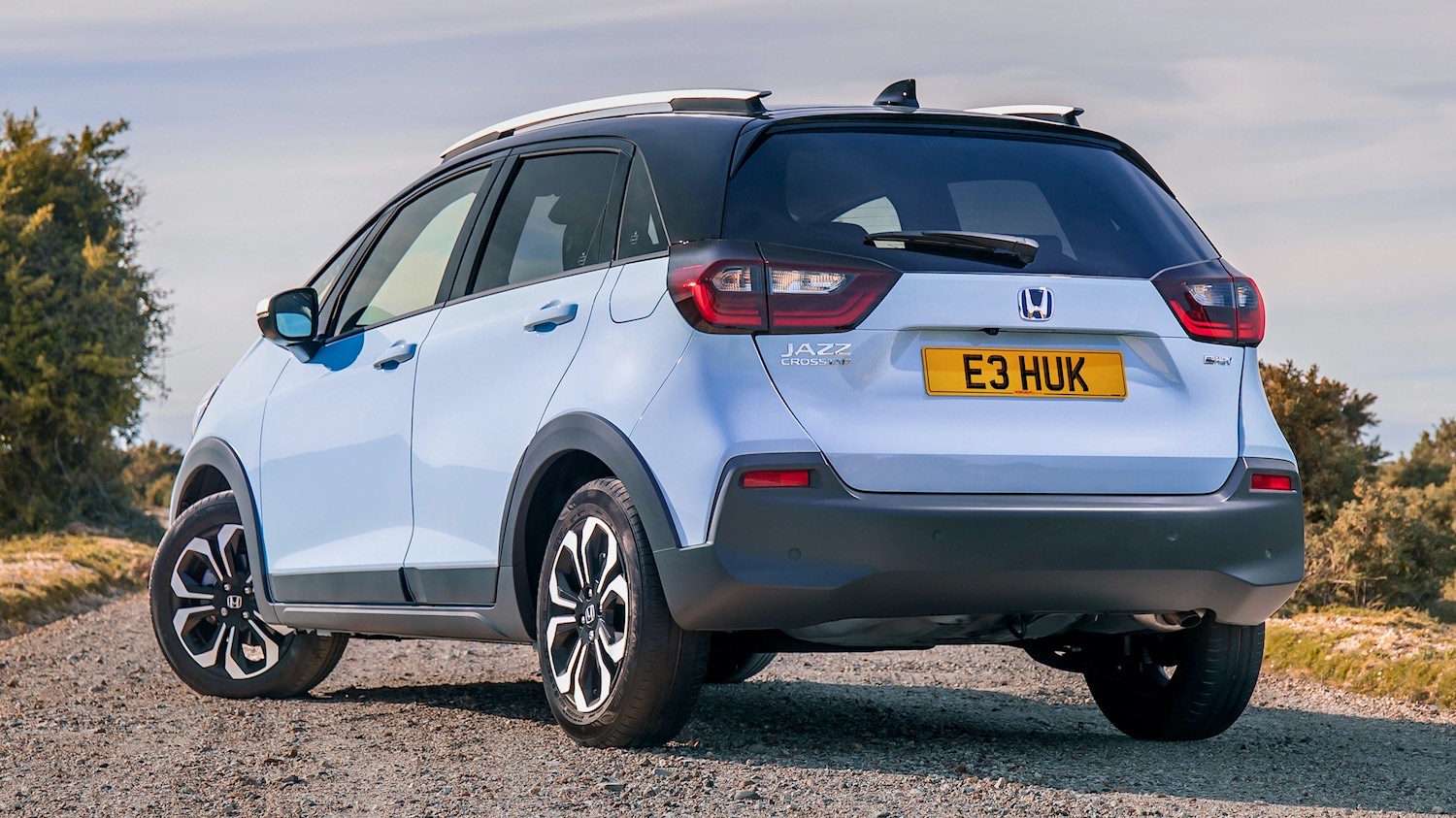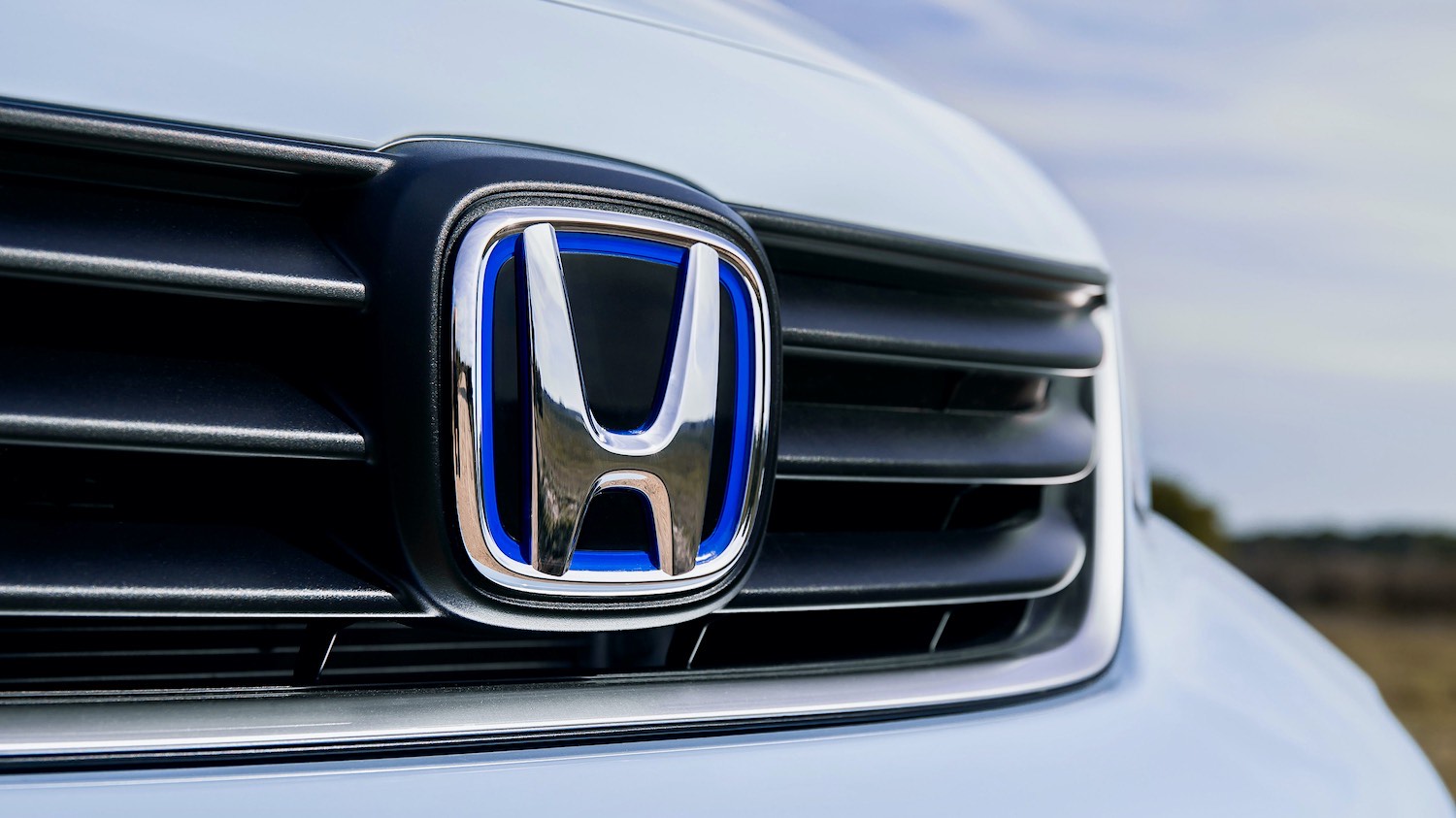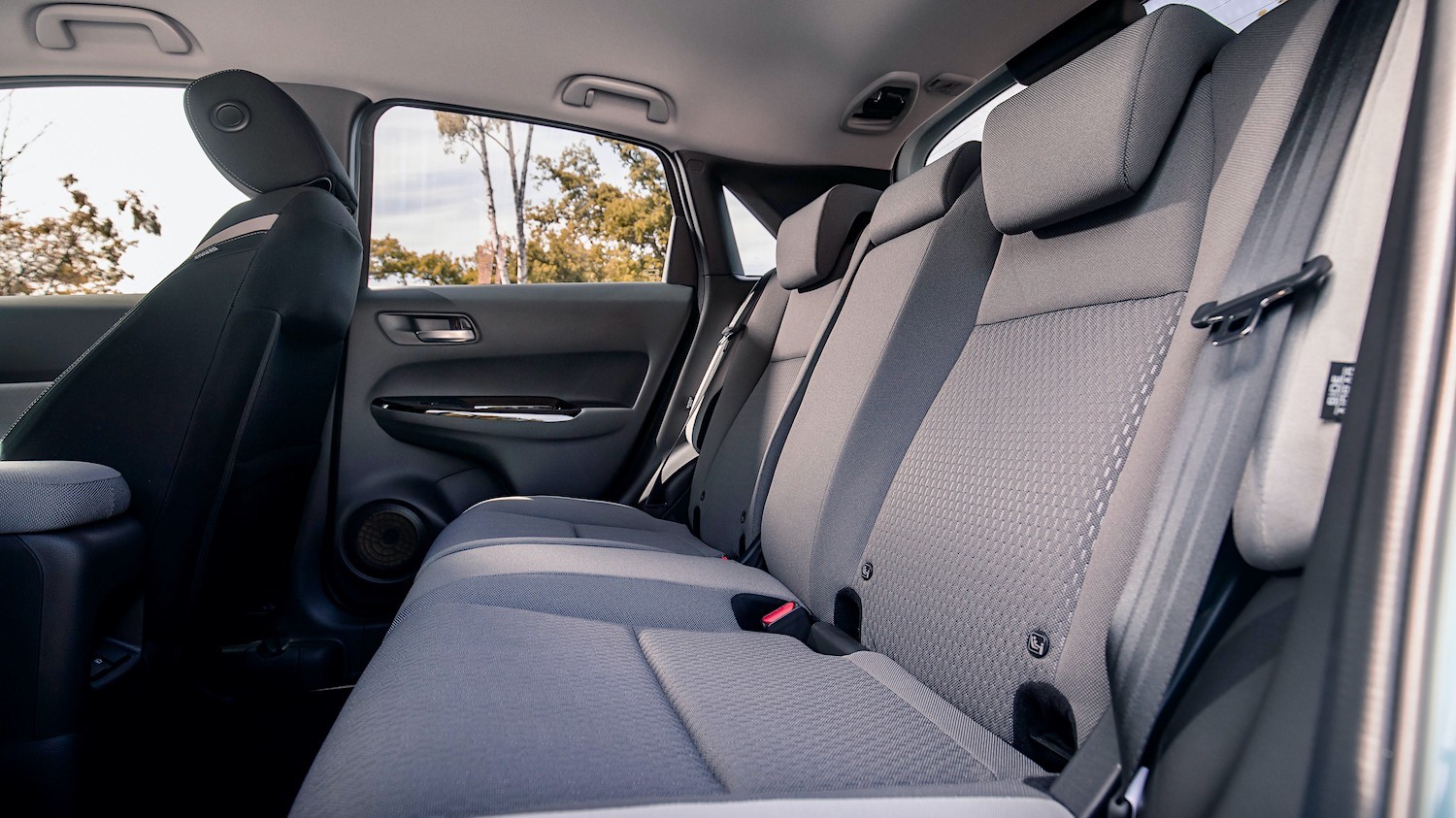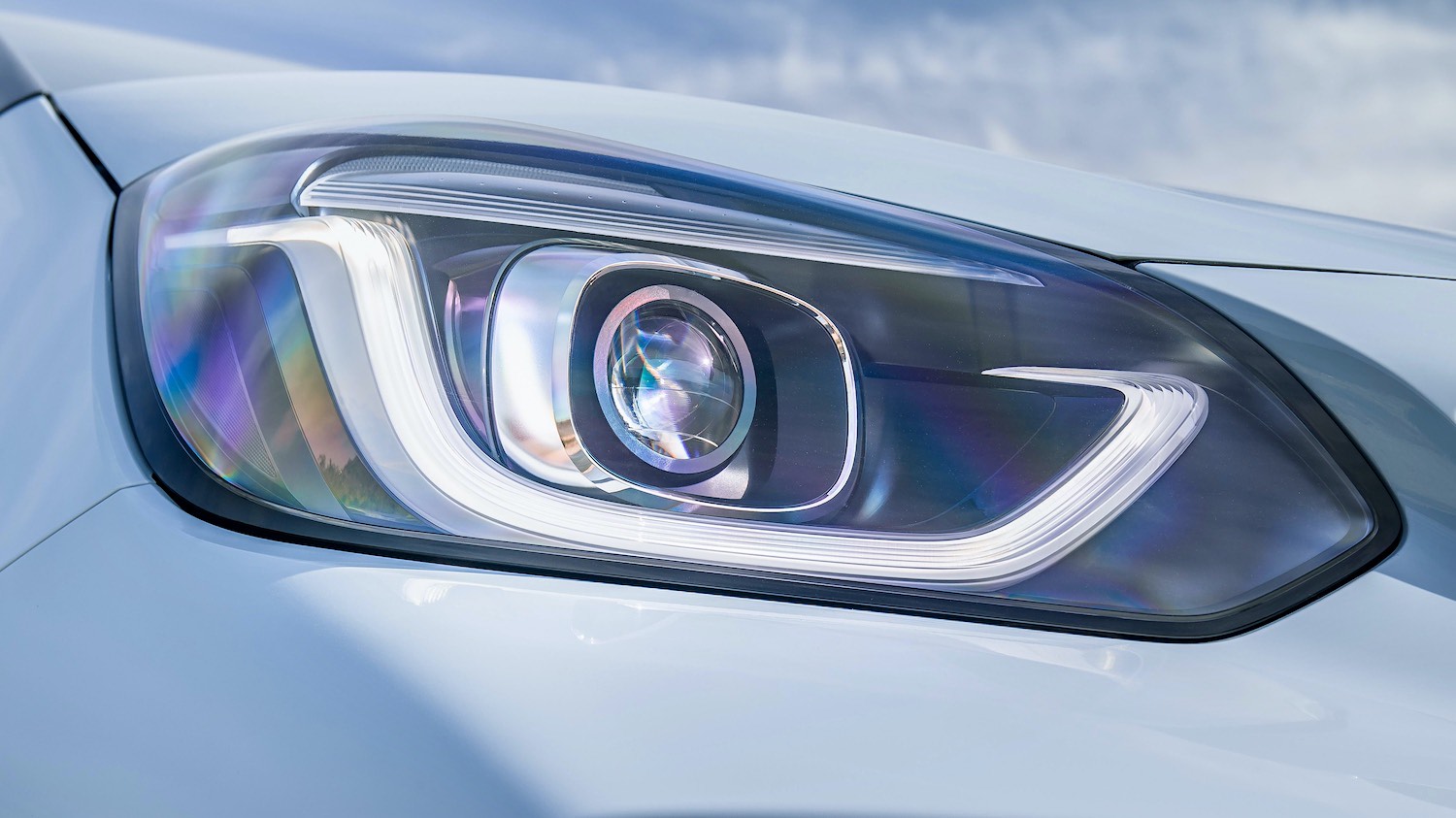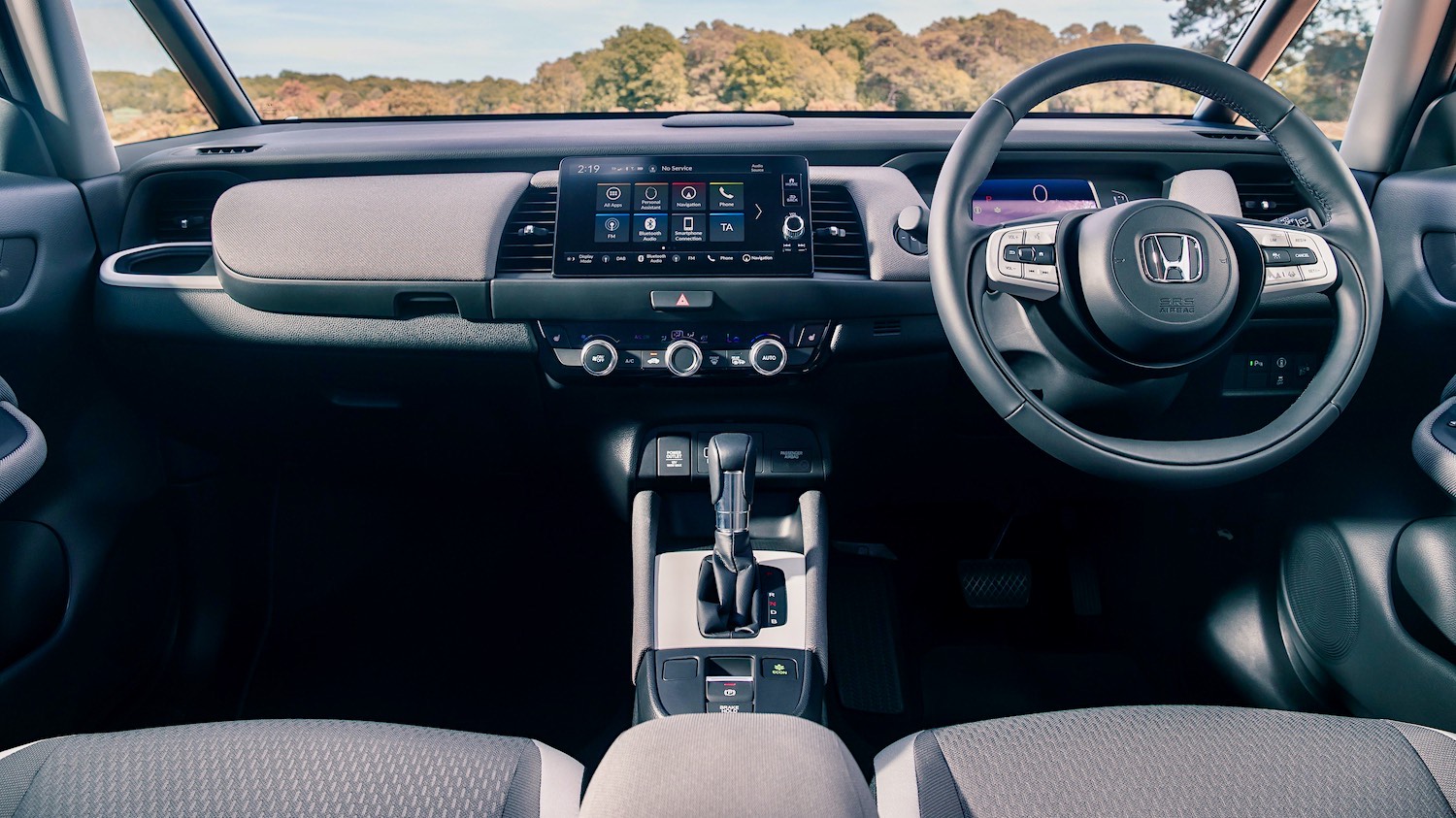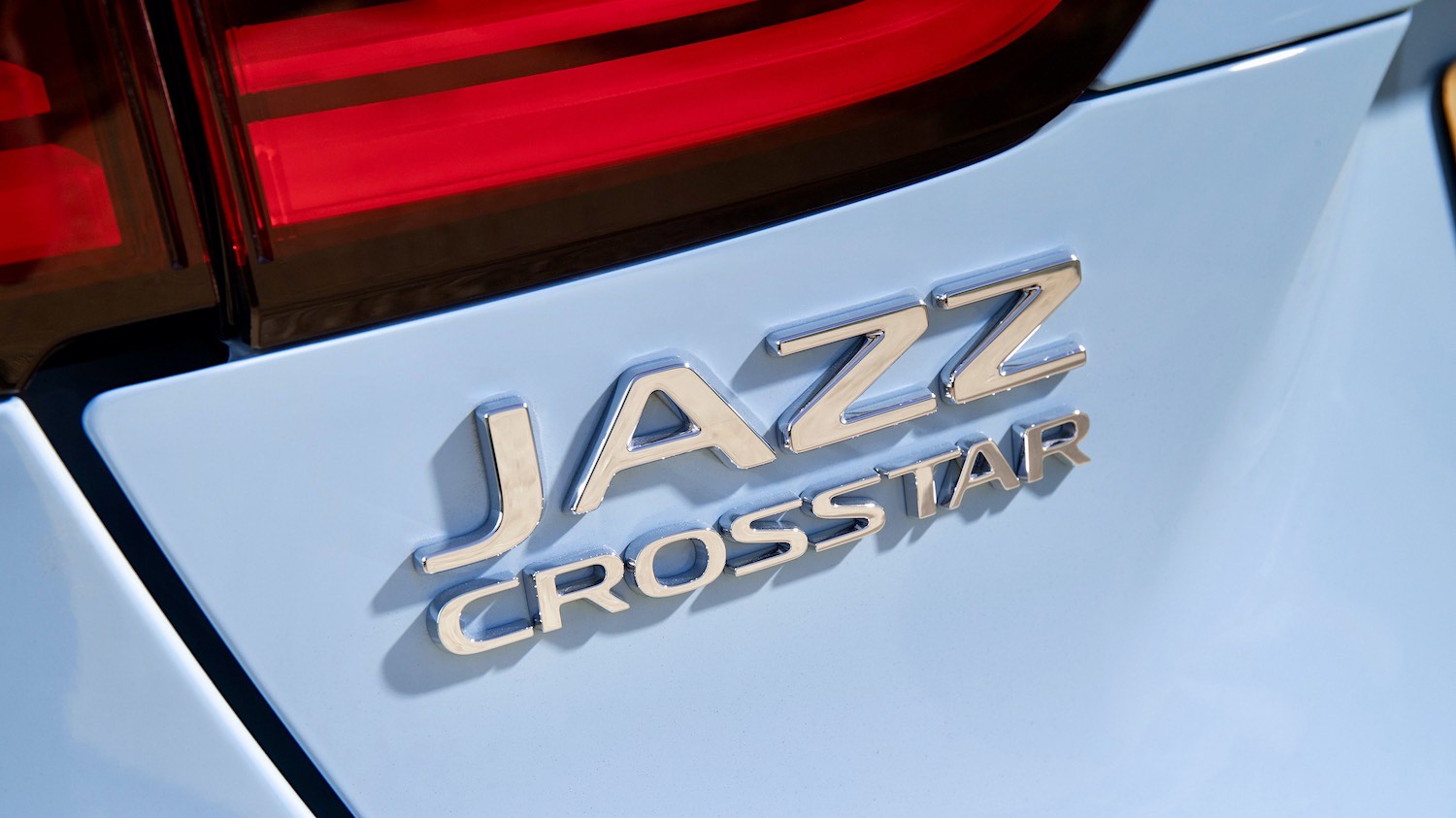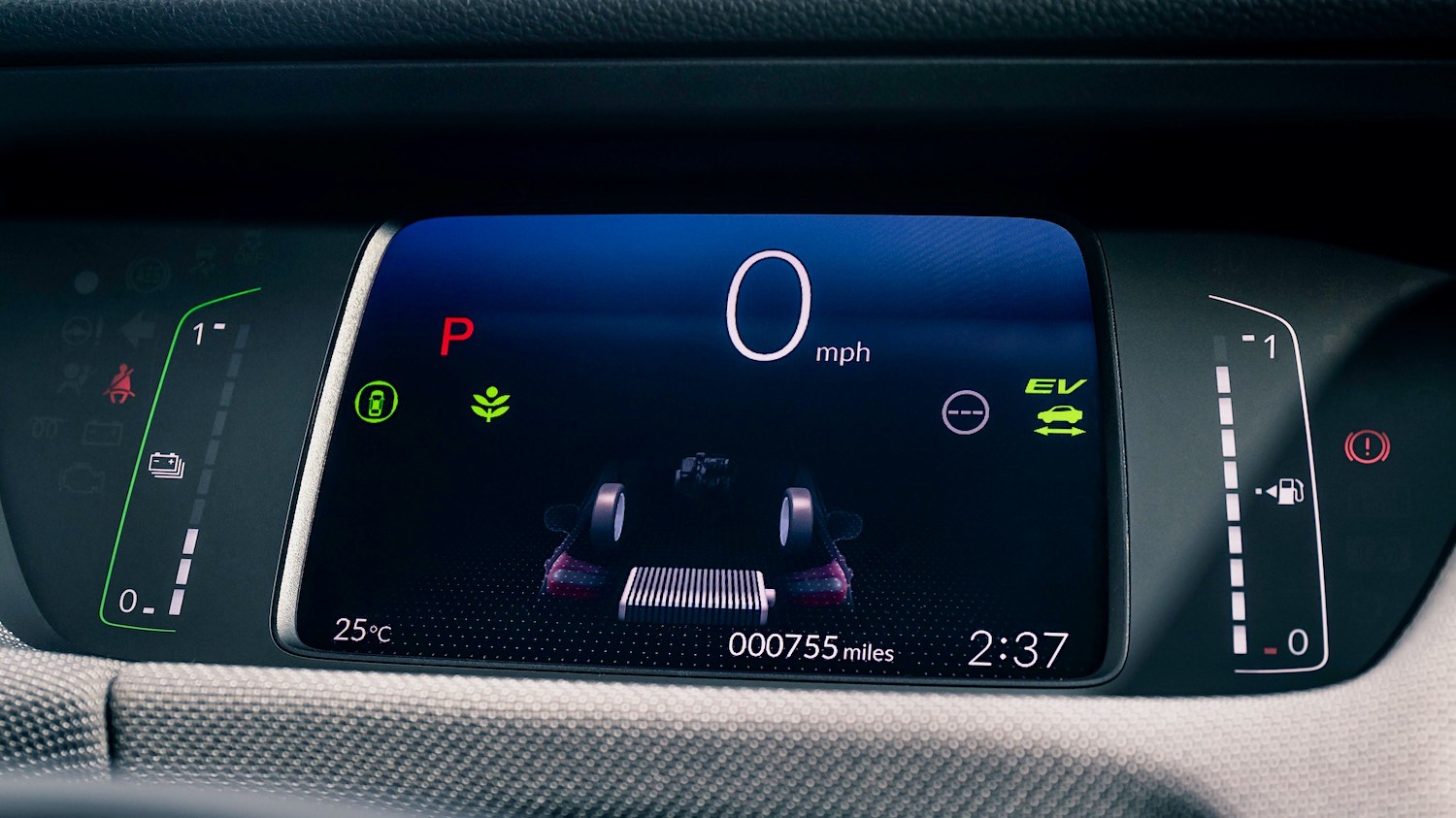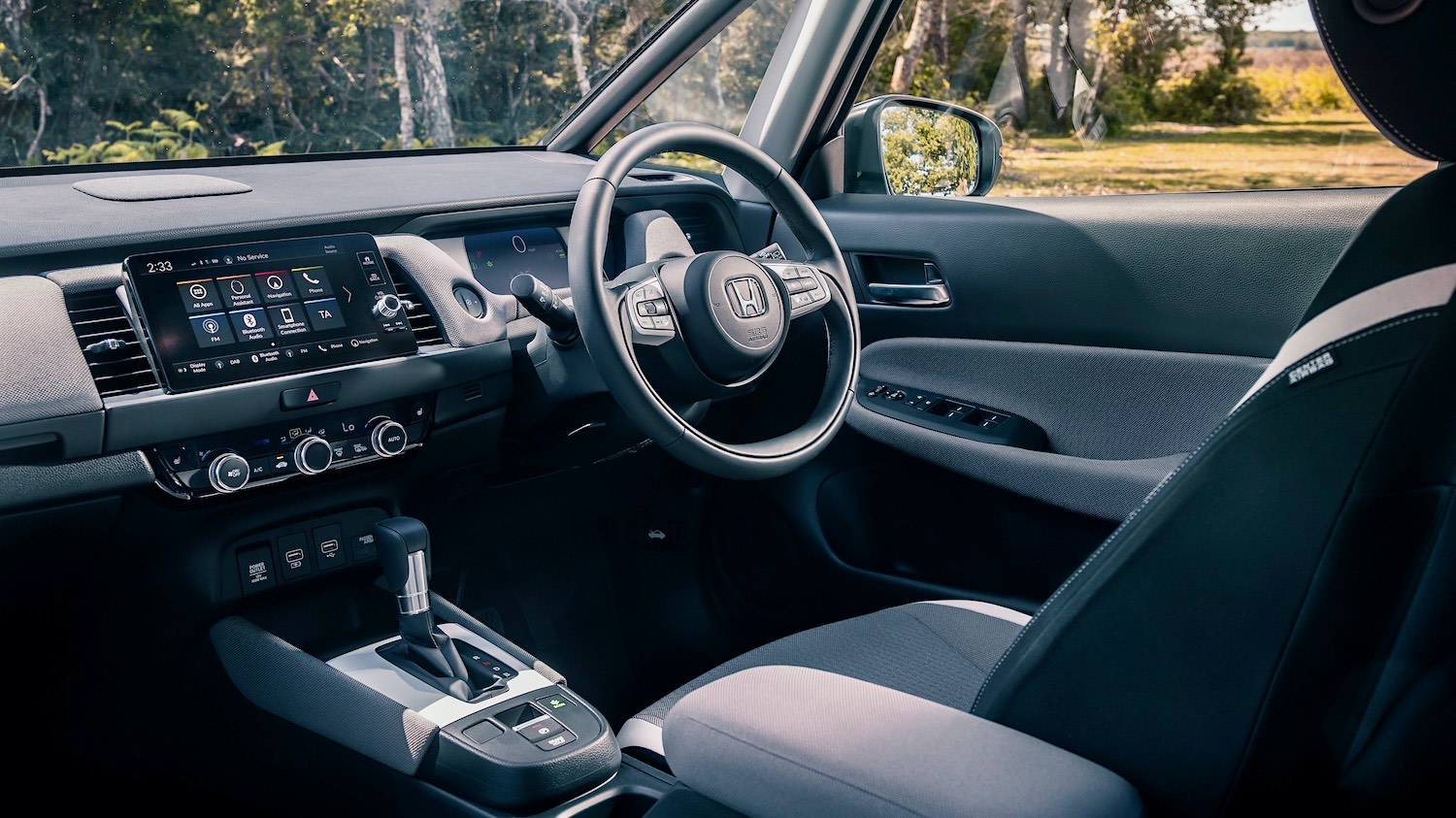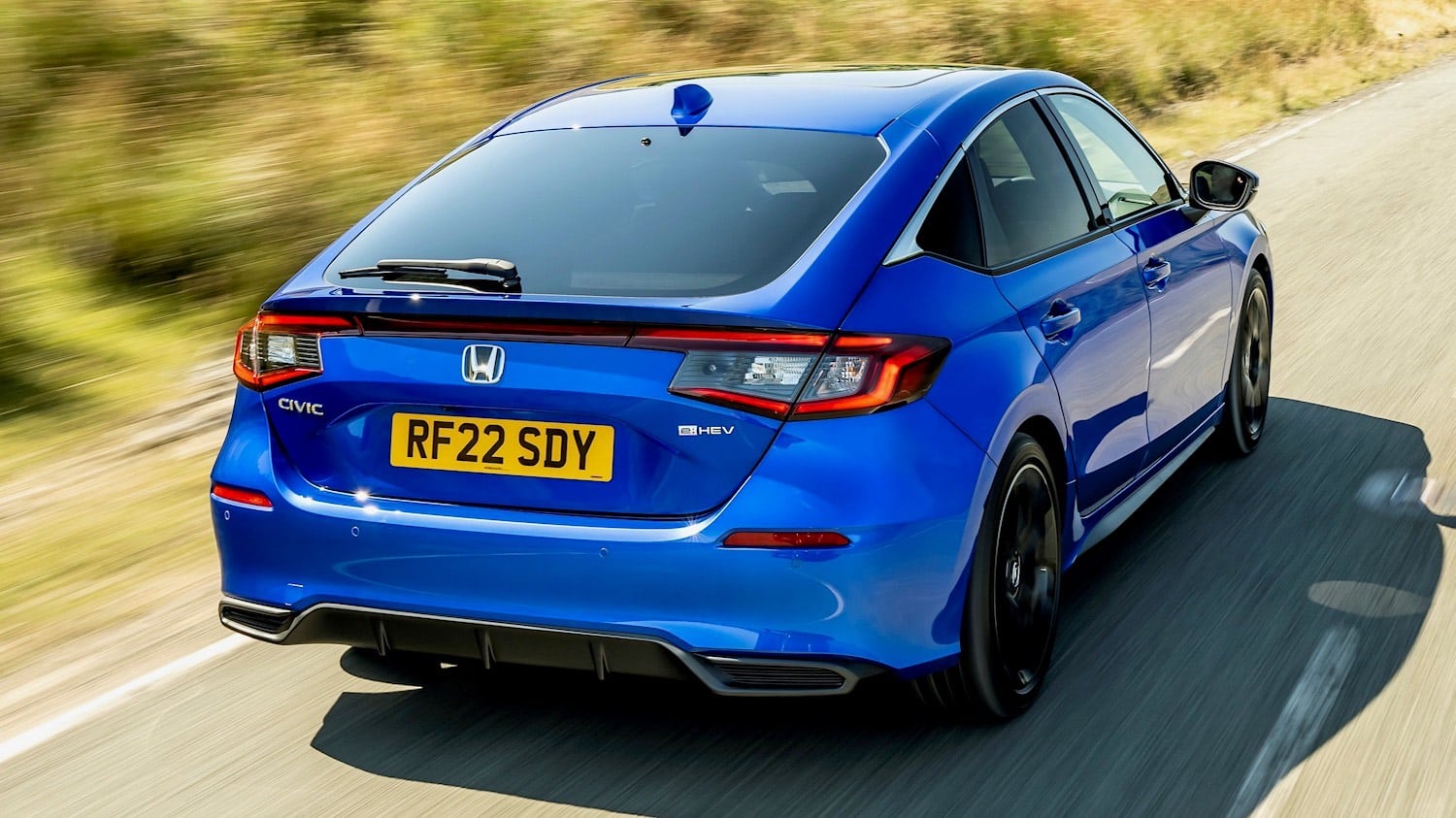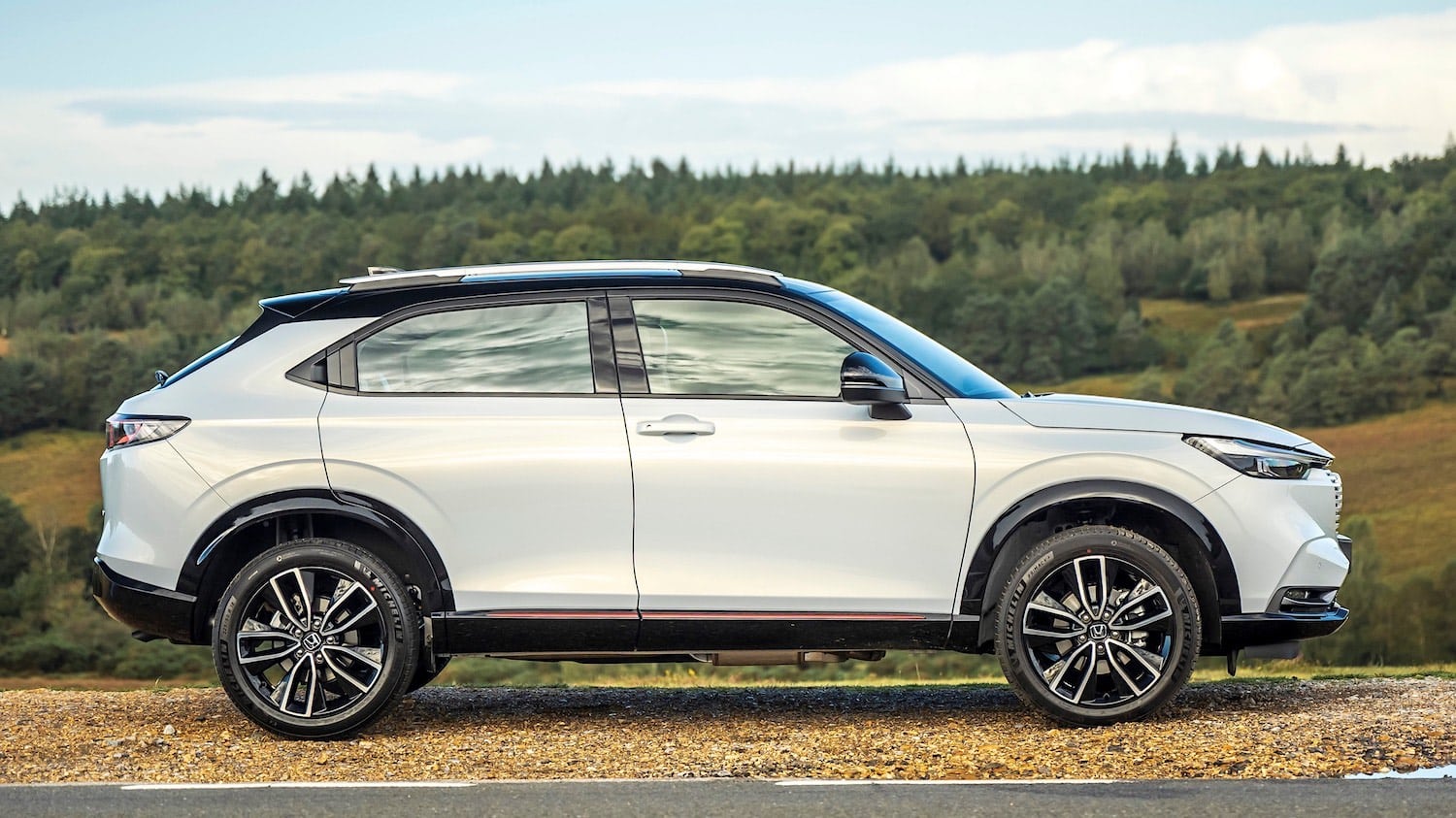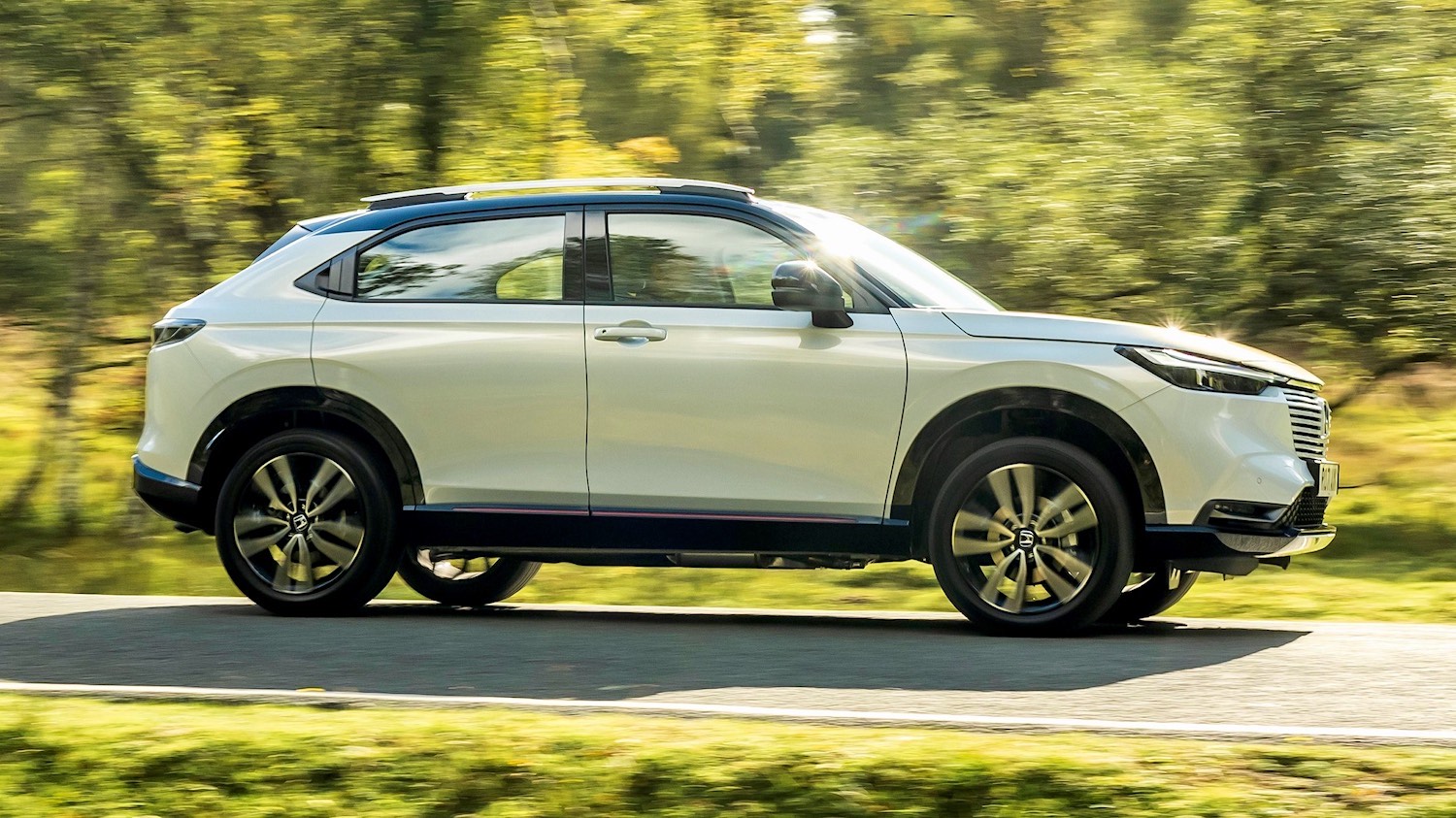I could not have imagined that the new Honda Jazz could be made closer to my ideal of a small car. And then along comes the Crosstar EX version to make me think again.
Now I’ve got to change my tune. The Crosstar is even more completely the car we need. All I’ve got to do is persuade ‘erindoors.
I don’t think she’ll be impressed by the chunky bumpers, the black garnishes around the fog lamps and the armoured wheel arches and underbody. I might make a more convincing case by concentrating on the ride height, which is raised by 30mm and on the water-resistant upholstery and integrated roof rails. With those geegaws, the Crosstar comes a bit closer to fitting the bill for a family that lives down an unmade track, off a minor road in the Scottish hills, keeps a hairy mutt and spends as much time as they can at the beach and in the mountains.
Its carrying capacity is jaw-dropping, up there in the Tardis league. With all seats in place, the boot offers a respectable 298litres of space. If you fold the seats, you’re looking at a flat floor and a flabbergasting 1203 litres. I had some difficulty transporting my cylinder lawnmower to its service in the massive Kia Sorento SUV reviewed previously. This time it slotted easily into the Crosstar when it was time to bring it home. The Magic Seat option for flipping up the rear seats also enables you to create taller load space.
Being a faux SUV, the Crosstar doesn’t come with all-wheel drive or any kind of front-wheel grip control settings for Snow and Mud, but this Jazz is so light on its 16” alloys that it will certainly mop up most of the demands of a Scottish winter without turning a hair. The powertrain is the same as on the standard Jazz with a combination of a 1.5-litre petrol engine and 109 PS electric motor. The selection of driving modes, switching between electric and petrol engine power, is made automatically between all EV, Hybrid Drive and Engine Drive. The combustion engine’s power runs through a fixed gear automatic transmission, which is typical Honda in being way cleverer than you would ever imagine.
If the higher roofline makes any difference to the handling characteristics and driving dynamics of this version of the Jazz, compared with the original, which I loved, I couldn’t detect it. I was just as happy pressing on in this car with the drive set to regenerative braking as I had been with the first Jazz I borrowed. My average fuel consumption in the Crosstar was exactly the same as the standard version at 56.1 mpg, which is spectacularly frugal for a load-lugger in which you can carry a machine that would mow the village cricket pitch.
At £25180 all-in, I’d be reasonably confident I could sell the Crosstar to the missus just so long as she continues her lifelong habit of taking no notice of the motoring press. However, if her eye happens to wander, she might notice that Toyota has just announced a new plug-in hybrid, all-wheel-drive version of the new Yaris.
That could scupper the whole deal.

Neil Lyndon
Motoring Correspondent
Neil Lyndon has been a journalist, broadcaster and writer on the UK’s national stage for 40 years, writing for every “quality” newspaper on Fleet Street. He started writing about cars and motorbikes for The Sunday Times in the 1980s and was Motoring Correspondent of the Sunday Telegraph for 20 years, having previously written a column on motorbikes for Esquire. He is also recognised as a leading commentator on gender politics, having published No More Sex War in 1992 – the first ever critique of feminism from a radical, egalitarian point of view.
What the others say on YouTube
A selection of the latest video reviews of this car….Just click to watch on this page.
Recent Reviews
The latest cars, suvs and crossovers reviewed by our experienced journalists.
Honda Civic Sport e:HEV, an intelligent choice
“That’s more like what we used to call a big car than a family hatchback,” Car Reviewed: All-New Honda Civic e:HEV Advance 2.0 i-MMD e-CVT I said to myself, emerging from the house and gazing at the long, swoopy profile of the All-New Civic e:HEV, the latest Hybrid model. Its fastback rear-end put me in…
Continue Reading Honda Civic Sport e:HEV, an intelligent choice
Honda HR-V Advance Style, what’s your opinion?
The Honda HR-V divided opinions Car Reviewed: Honda HR-V Advance Style e:HEV “That’s so elegant!” said one friend, seeing the car for the first time. “God, that’s ugly!” said another. “That colour is like diarrhoea,” said my wife of the pale khaki colour of the body of our test car. “That colour is so cool,”…
Continue Reading Honda HR-V Advance Style, what’s your opinion?
Honda HR-V e:HEV, simple, uncluttered and striking
Honda’s HR-V, one of the original compact SUVs, has come a long way over the past 20-something years. Car tested: Honda HR-V e:HEV Advance It all started as a slim, wagon-style SUV in the late ‘90s, the HR-V was cool and alternative and, lest we forget, predated the likes of the Nissan Juke by aeons.…
Continue Reading Honda HR-V e:HEV, simple, uncluttered and striking
